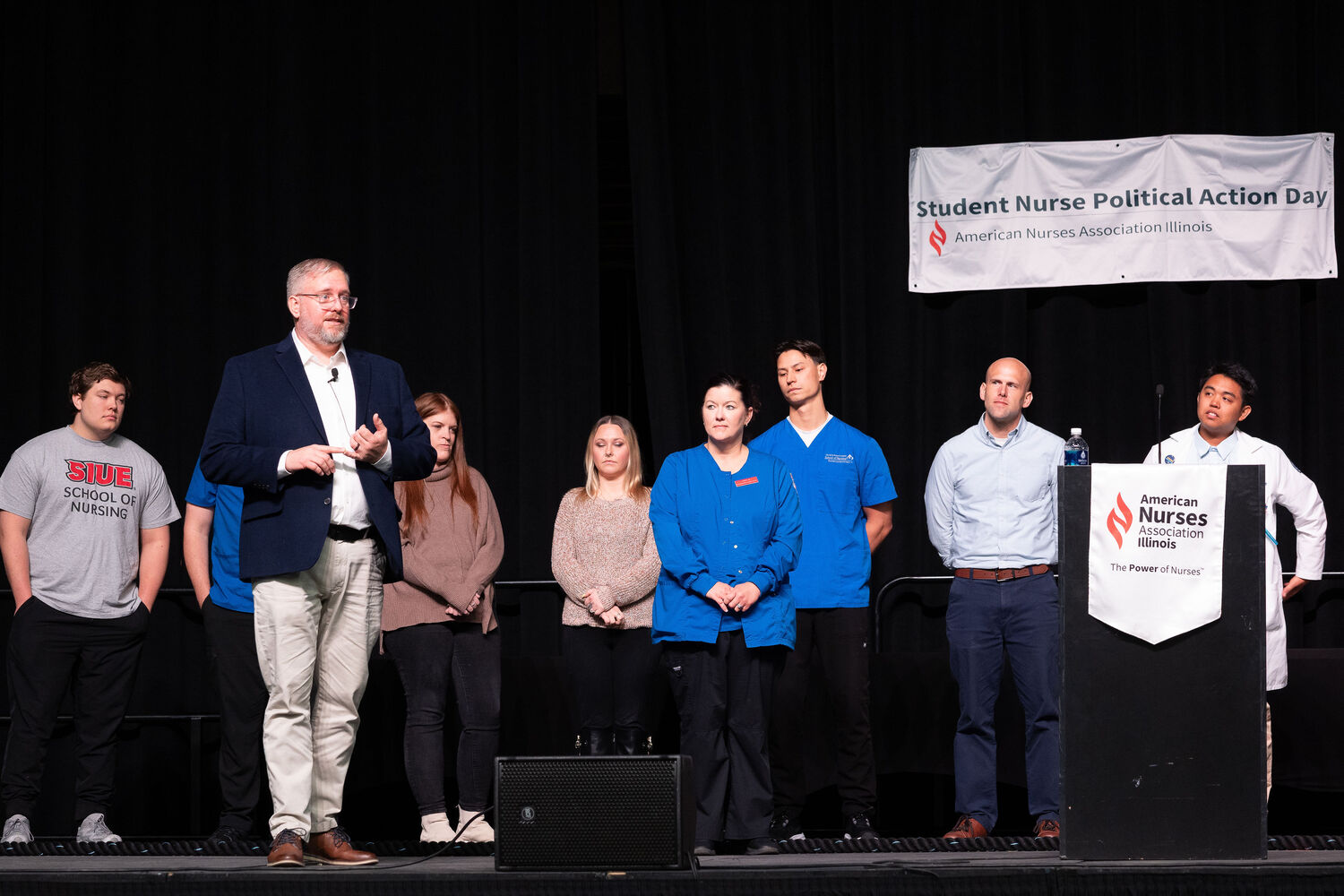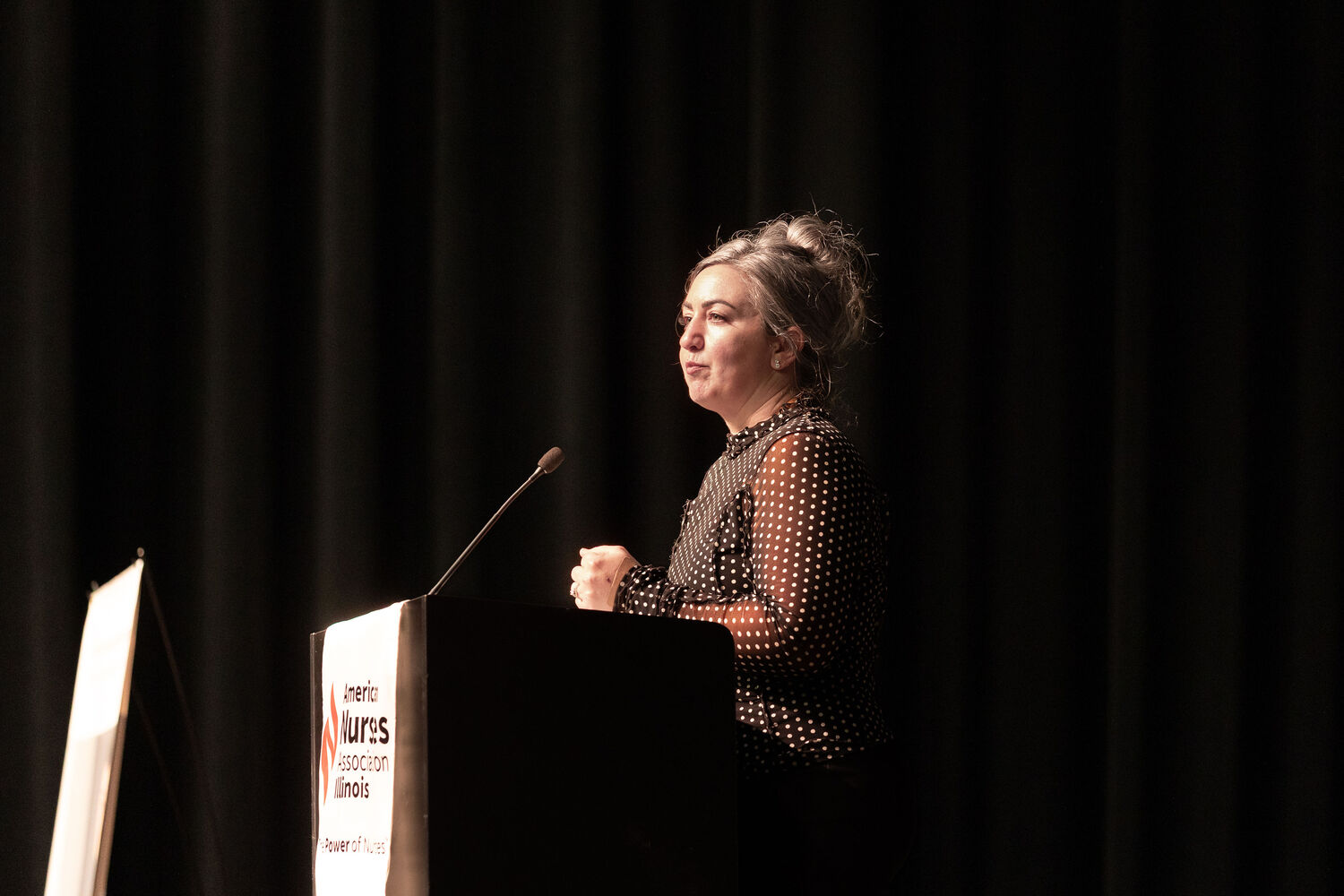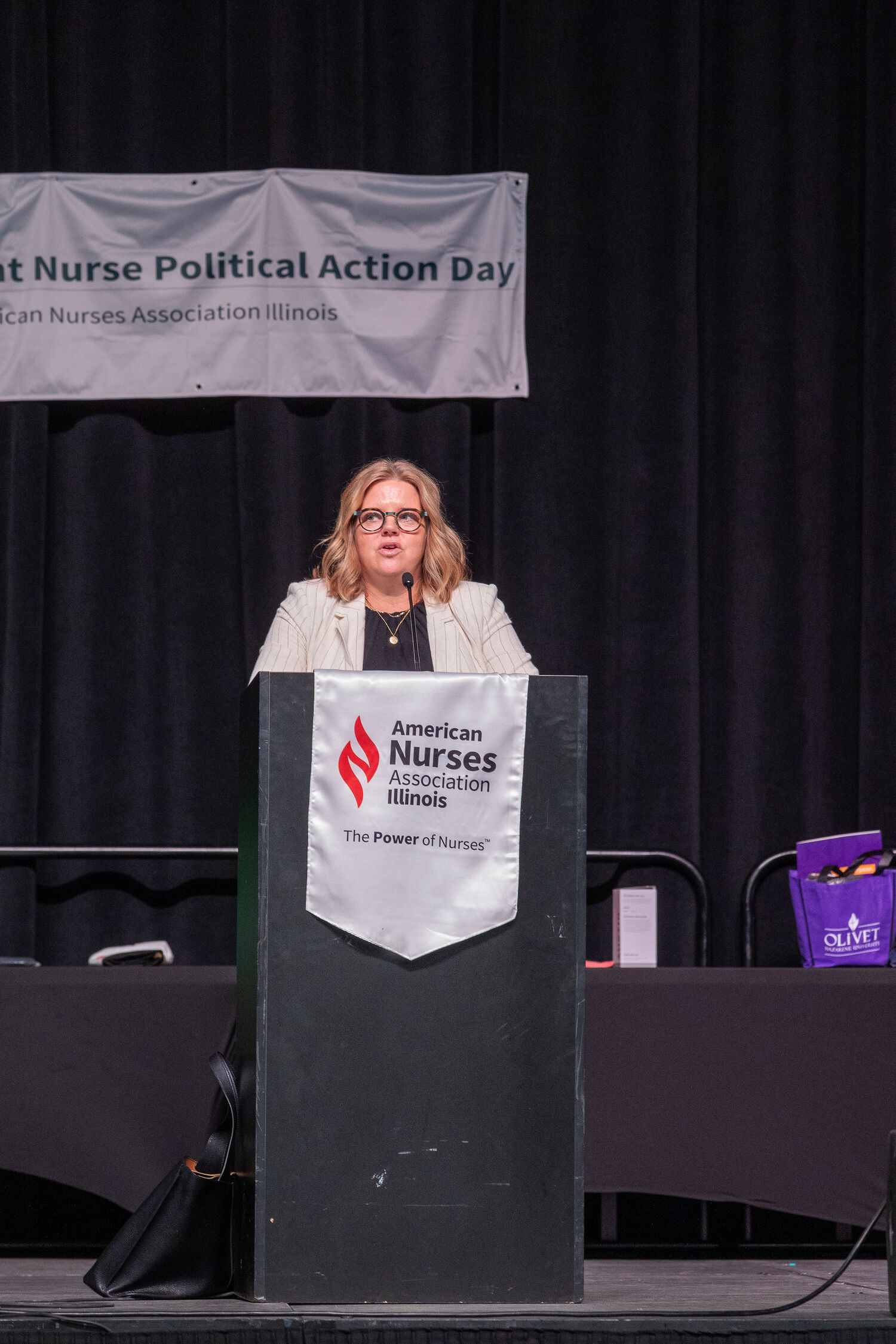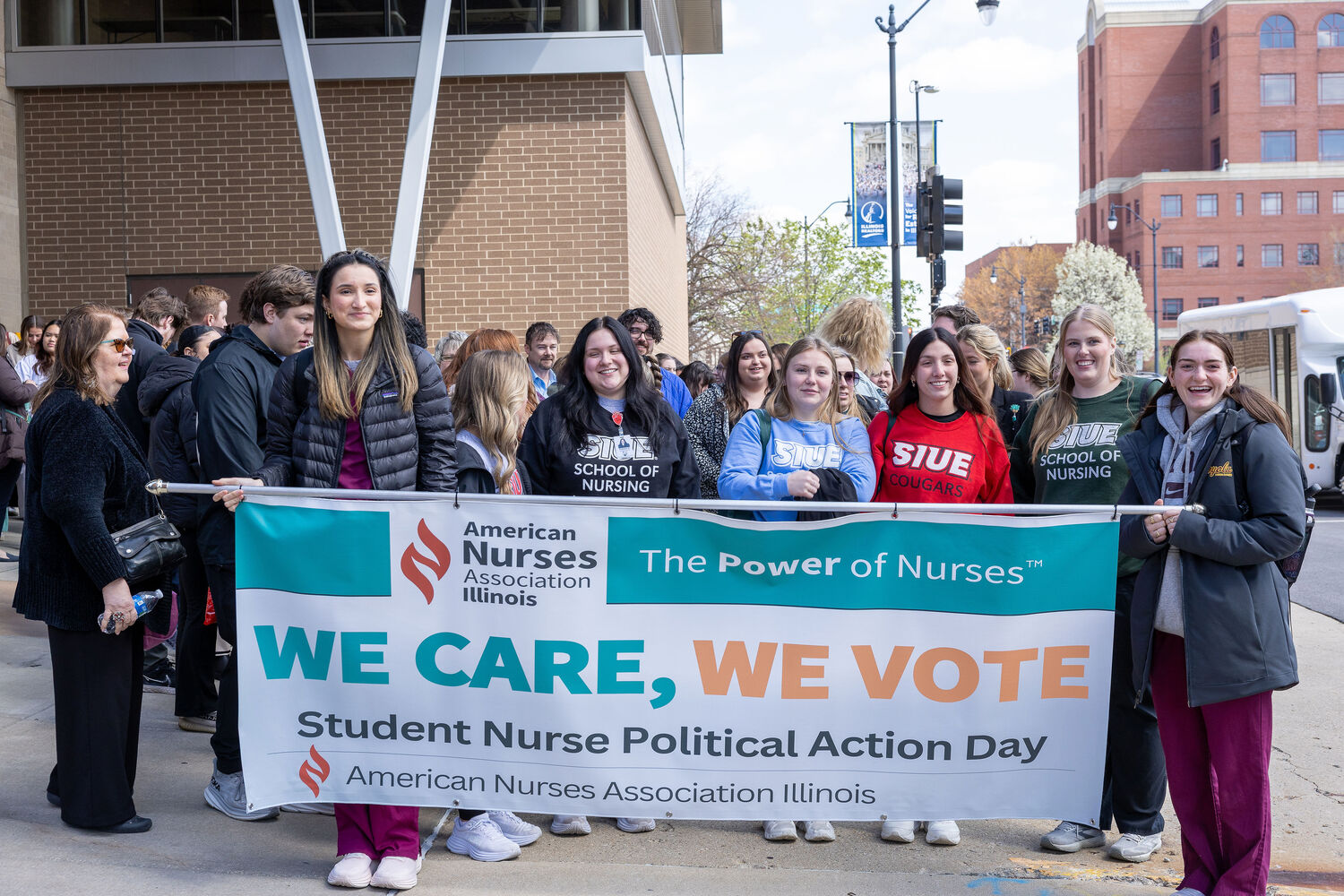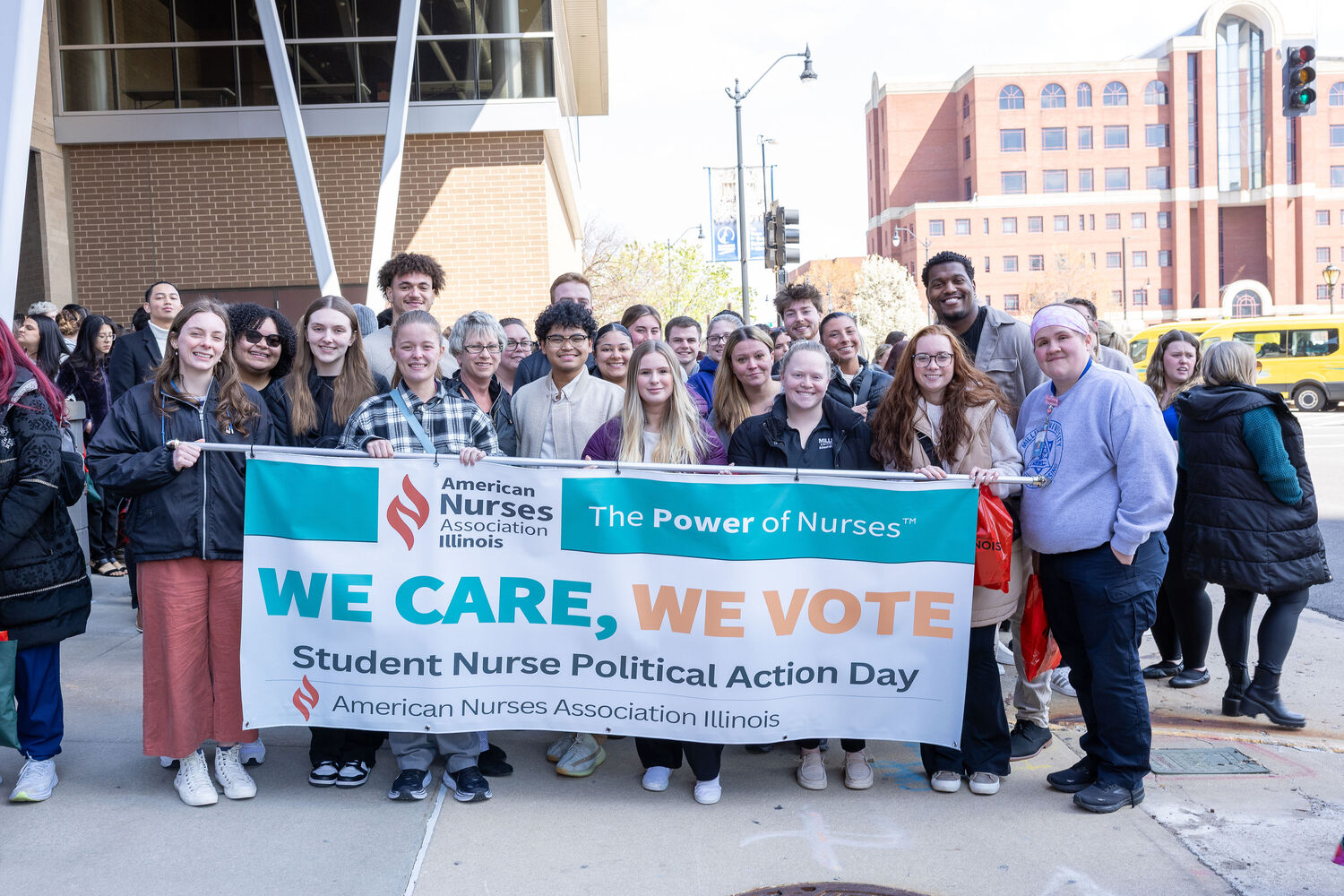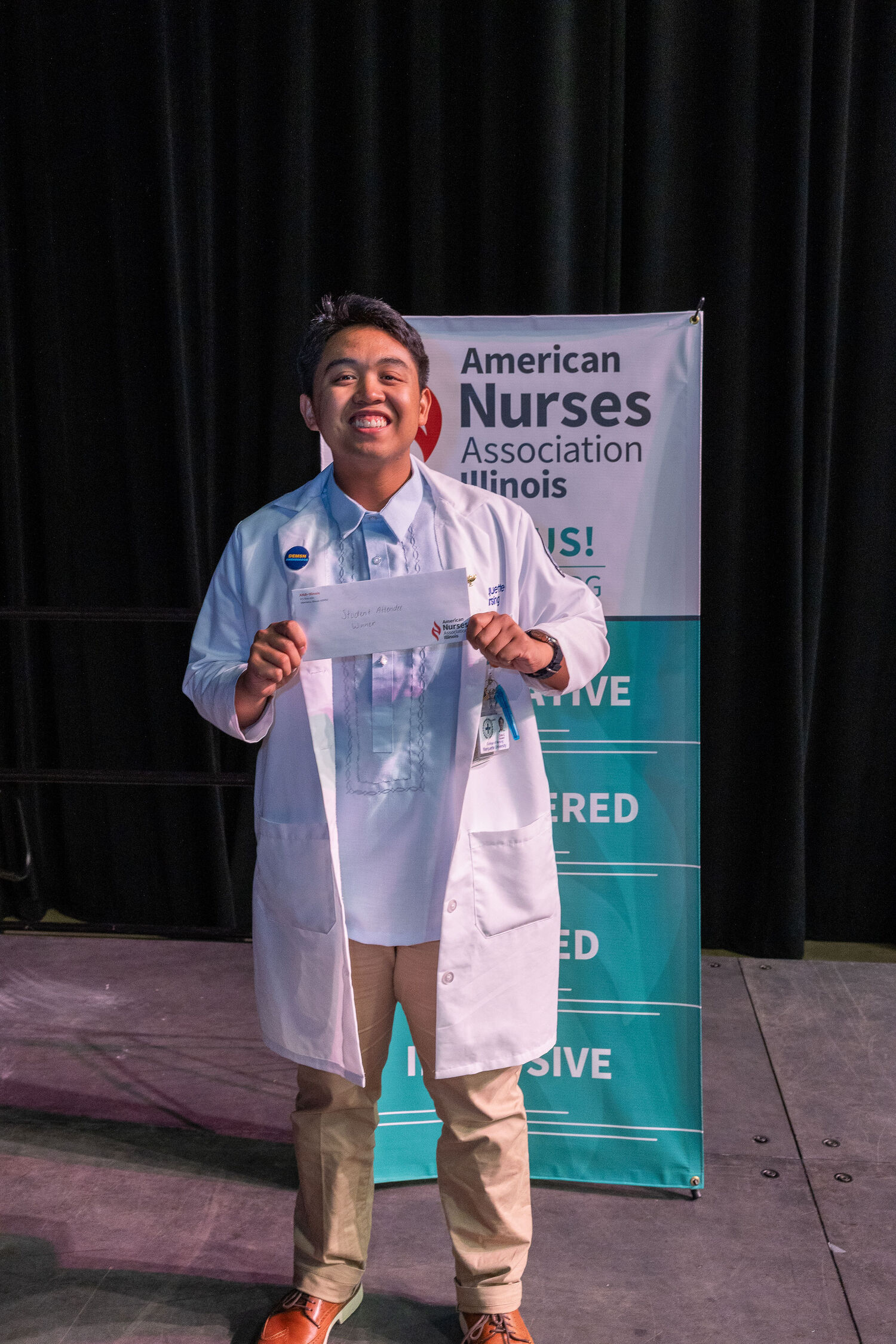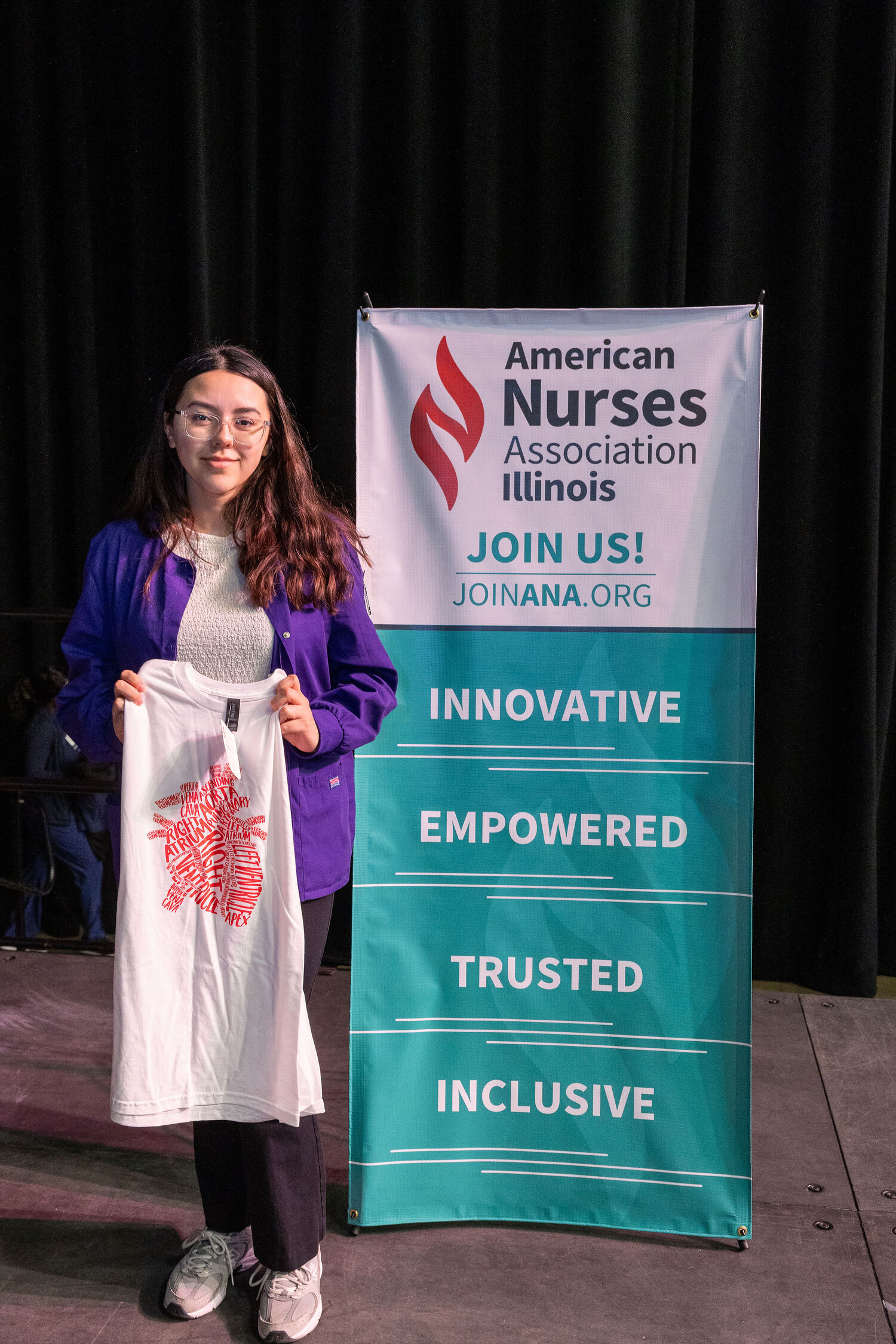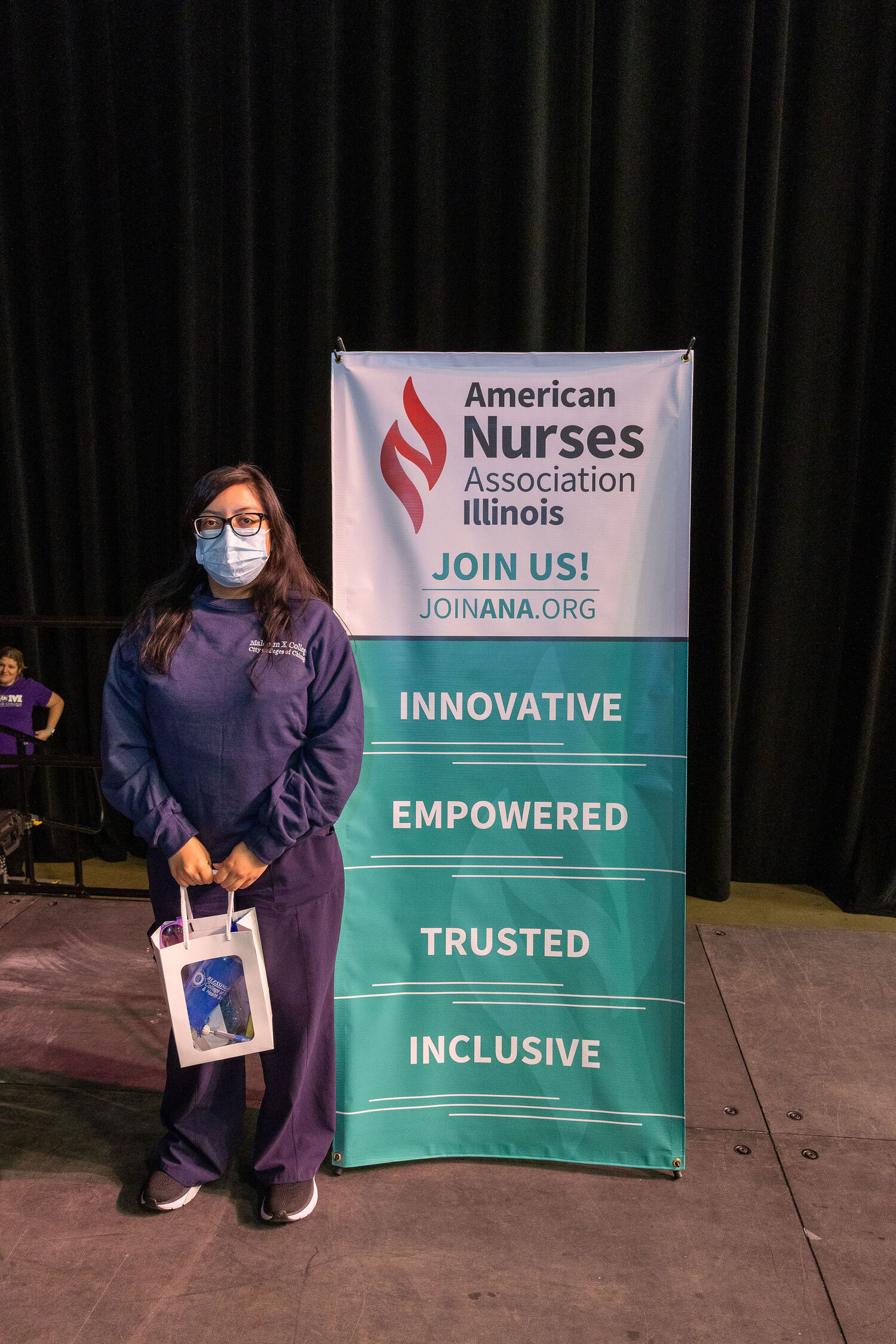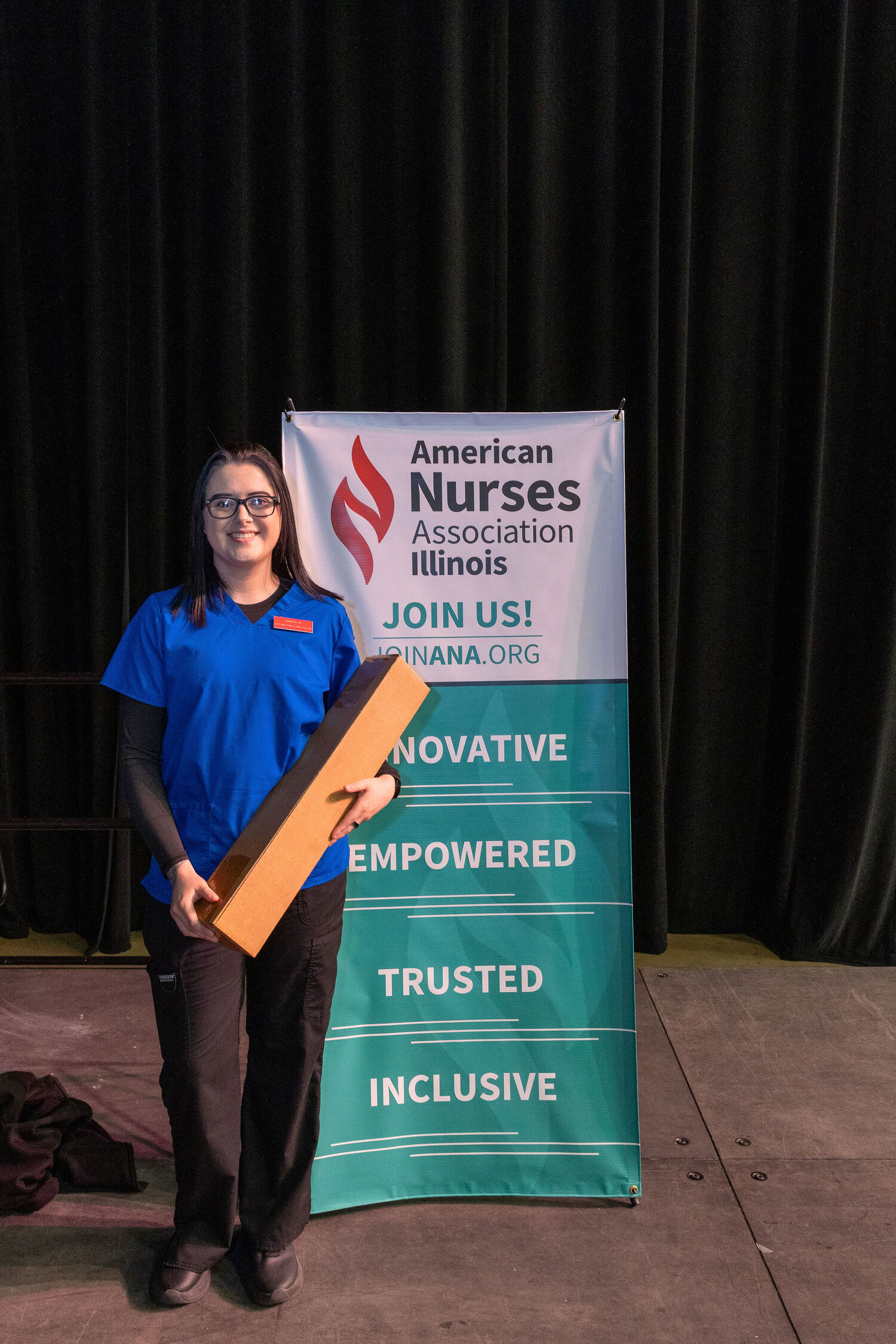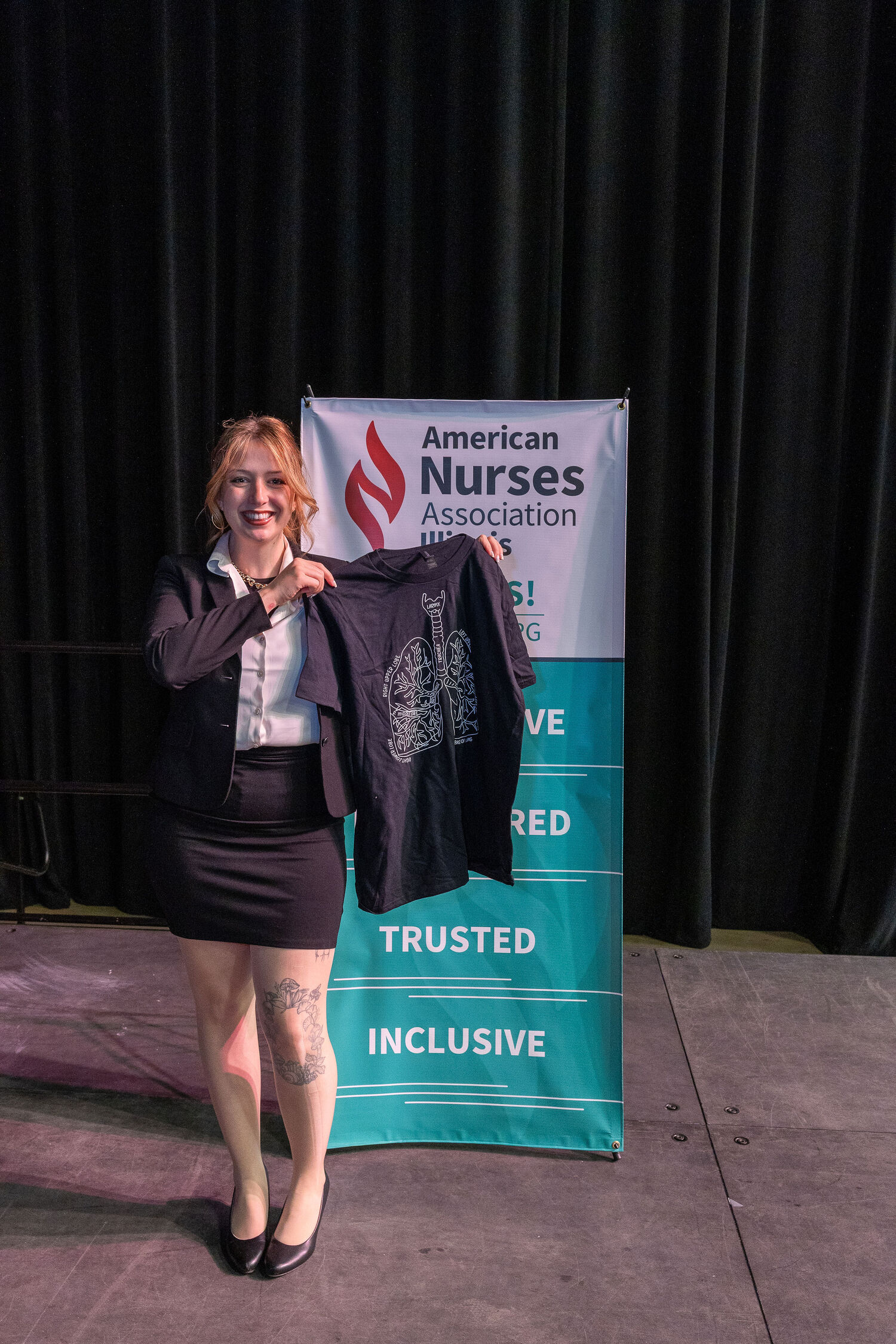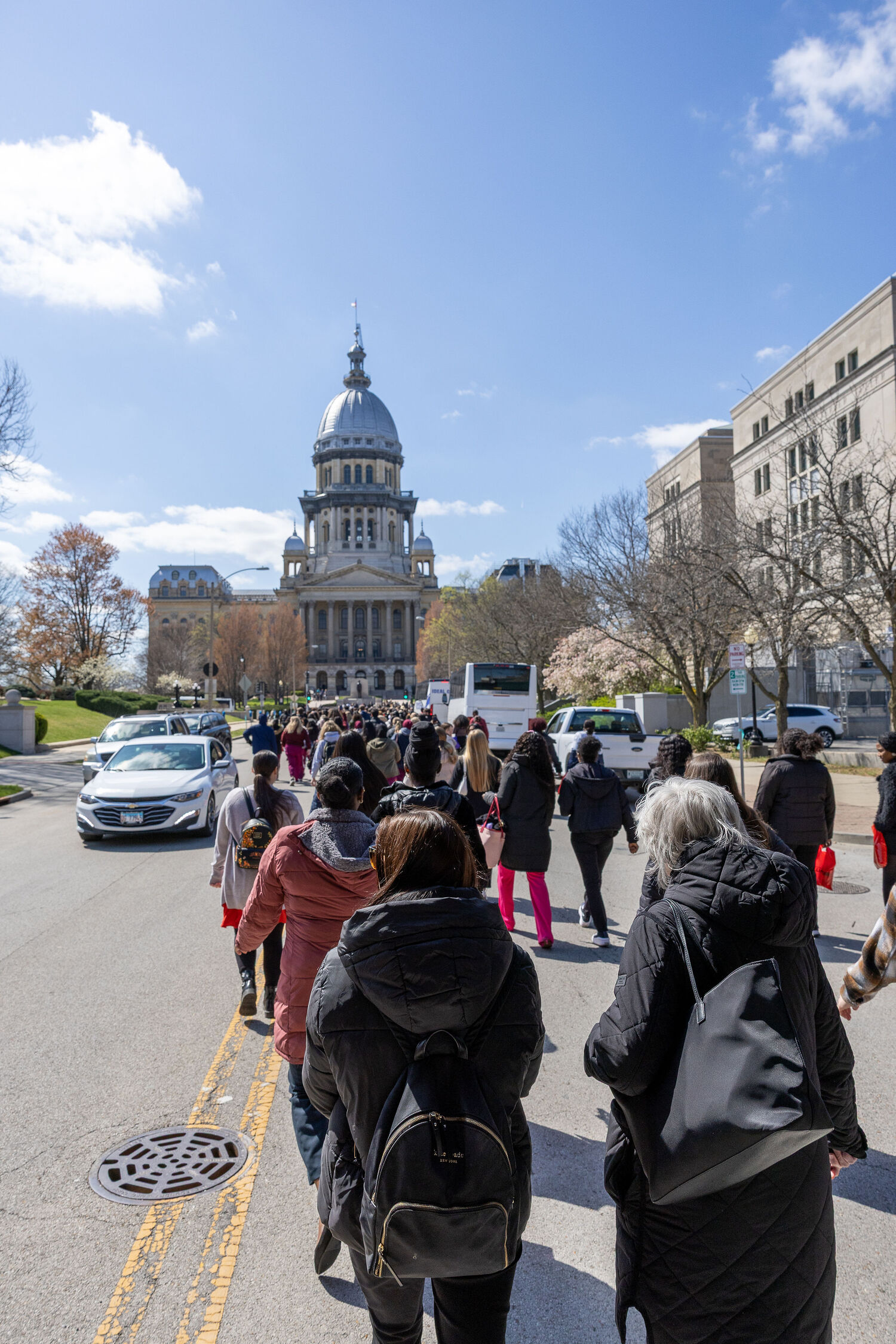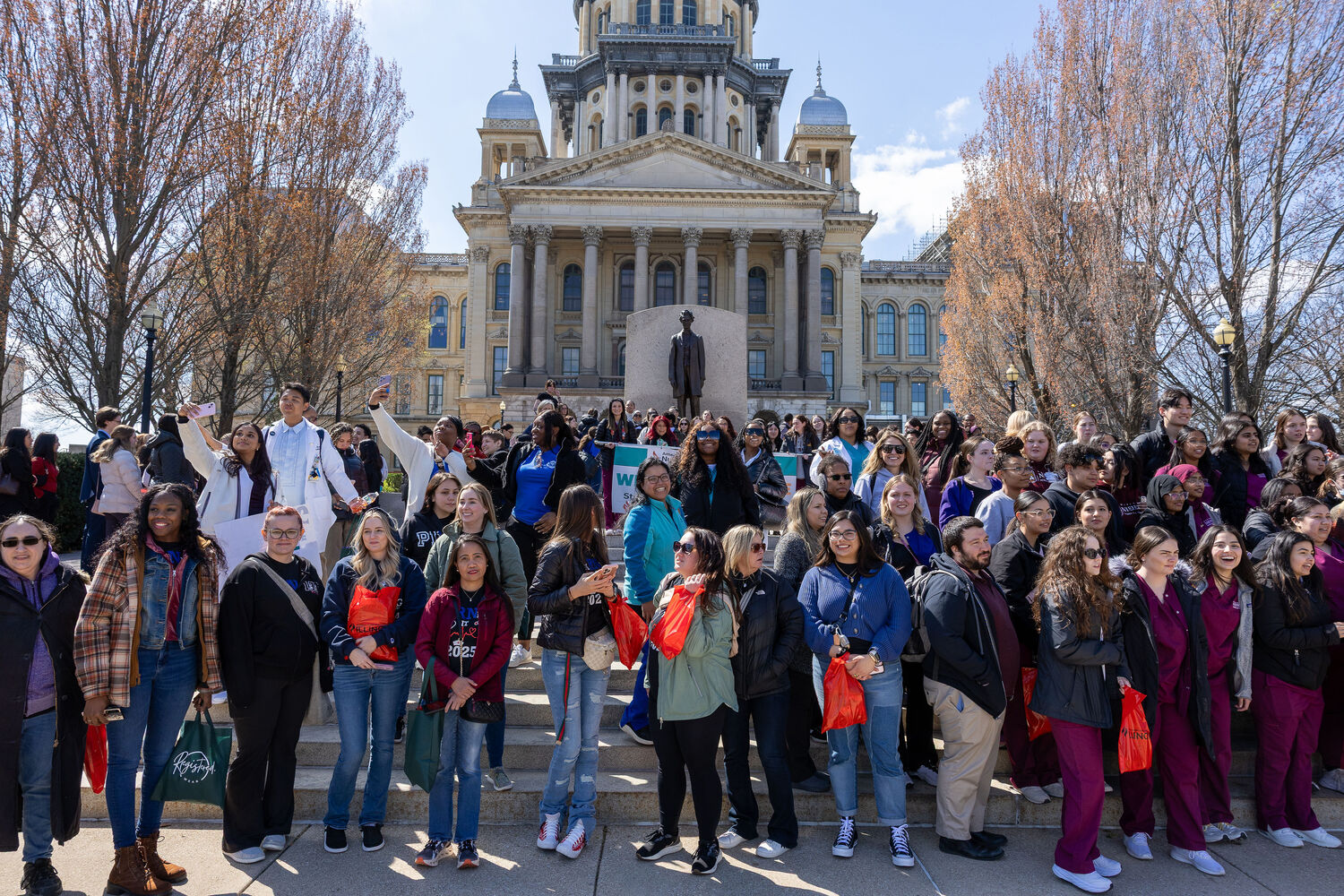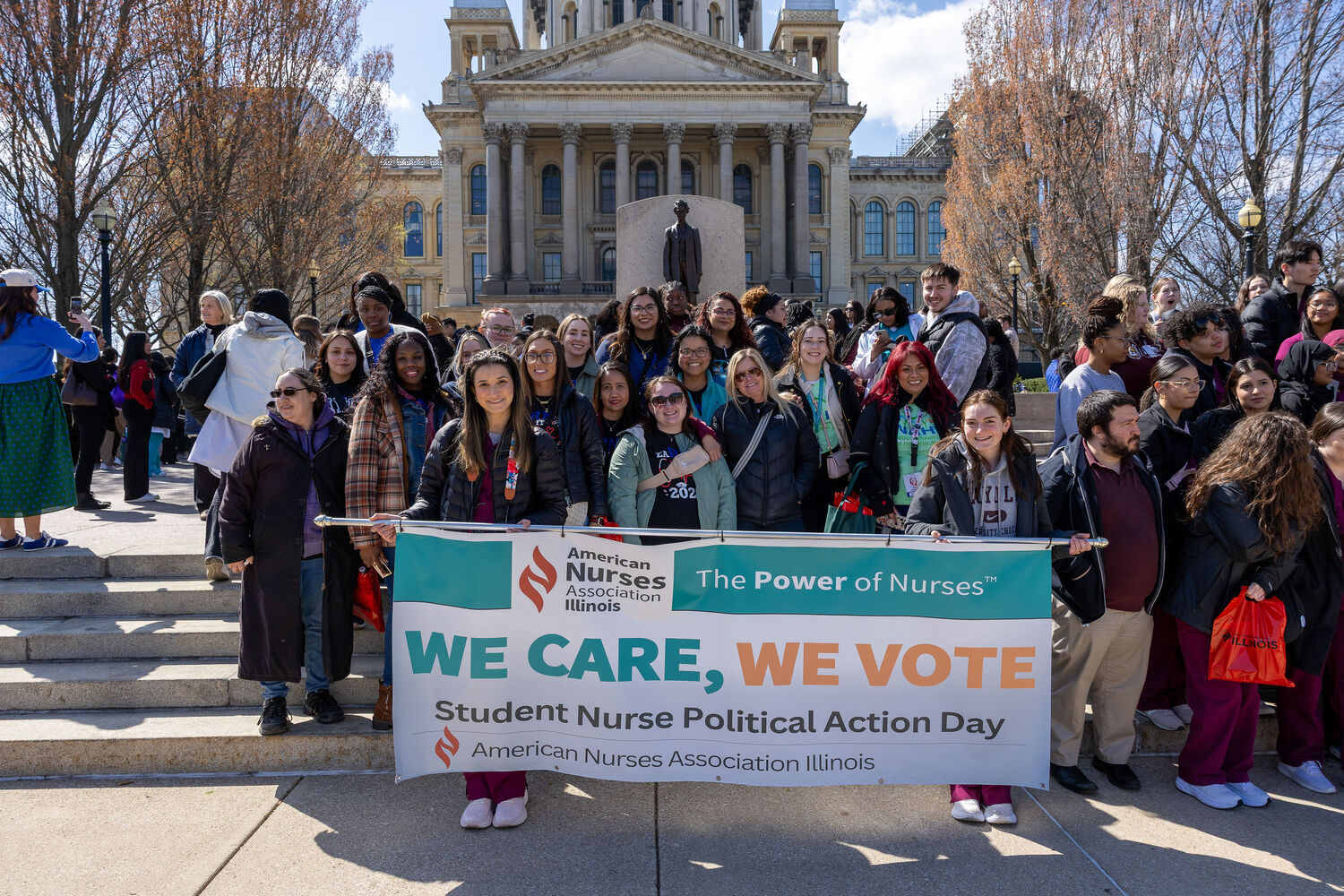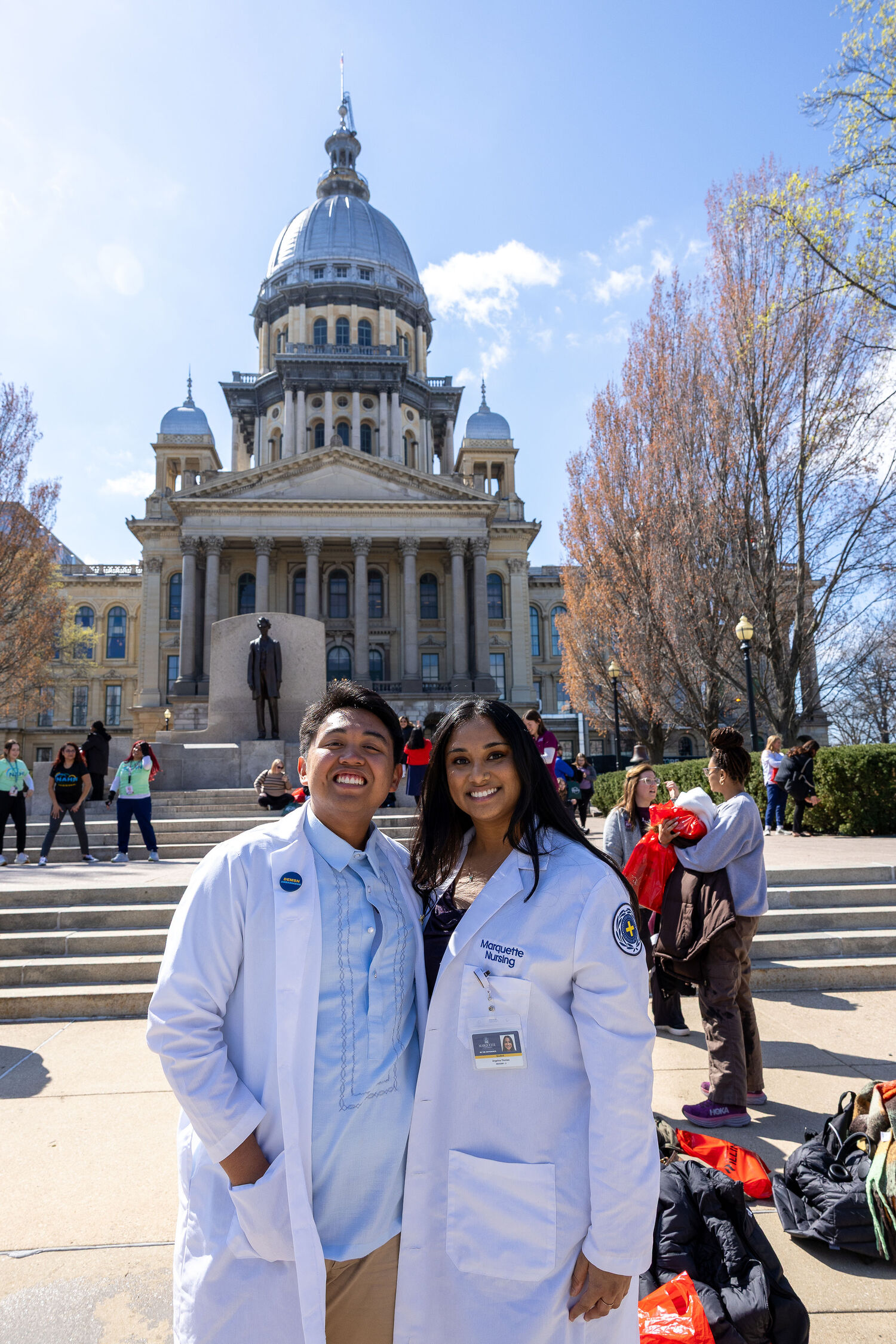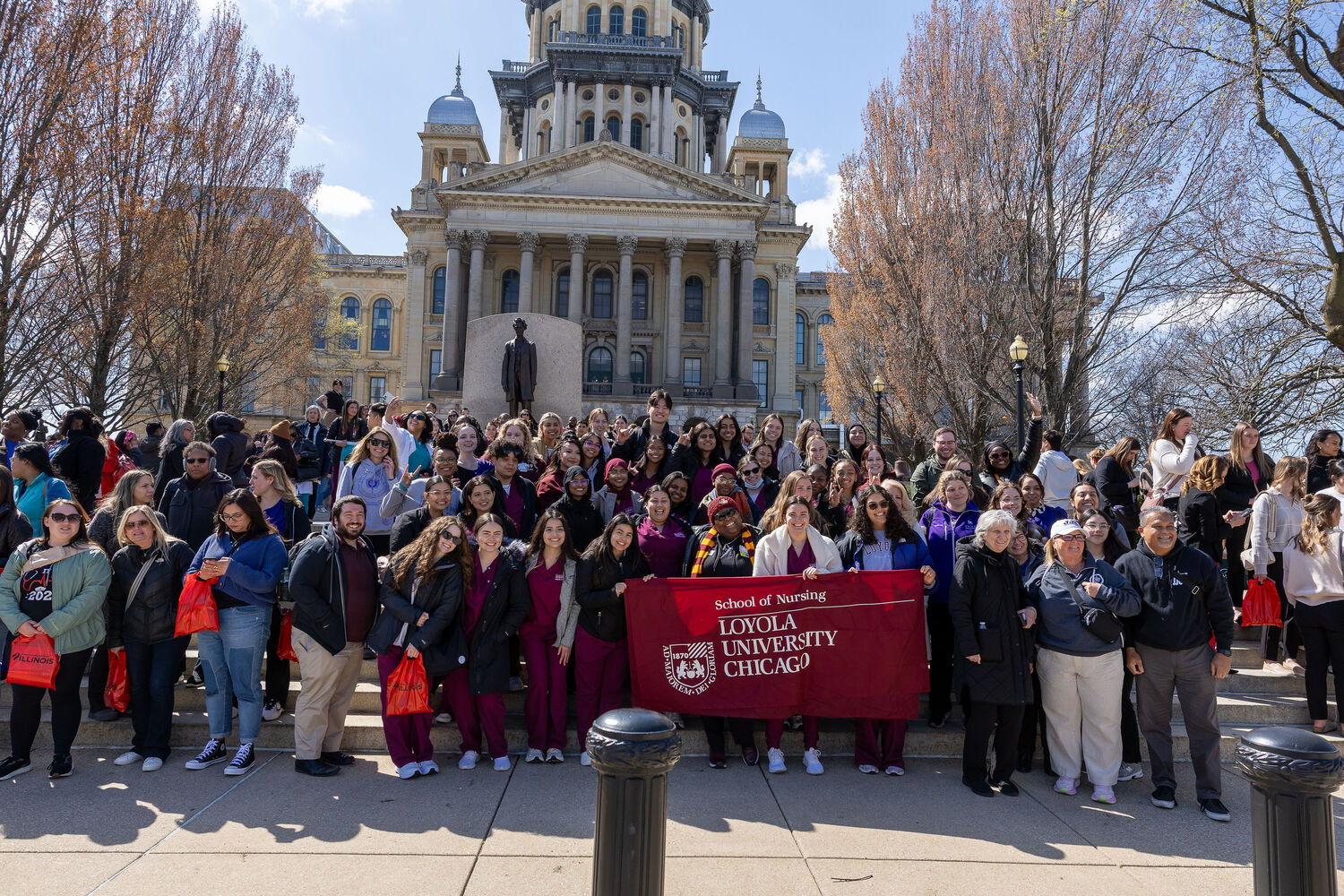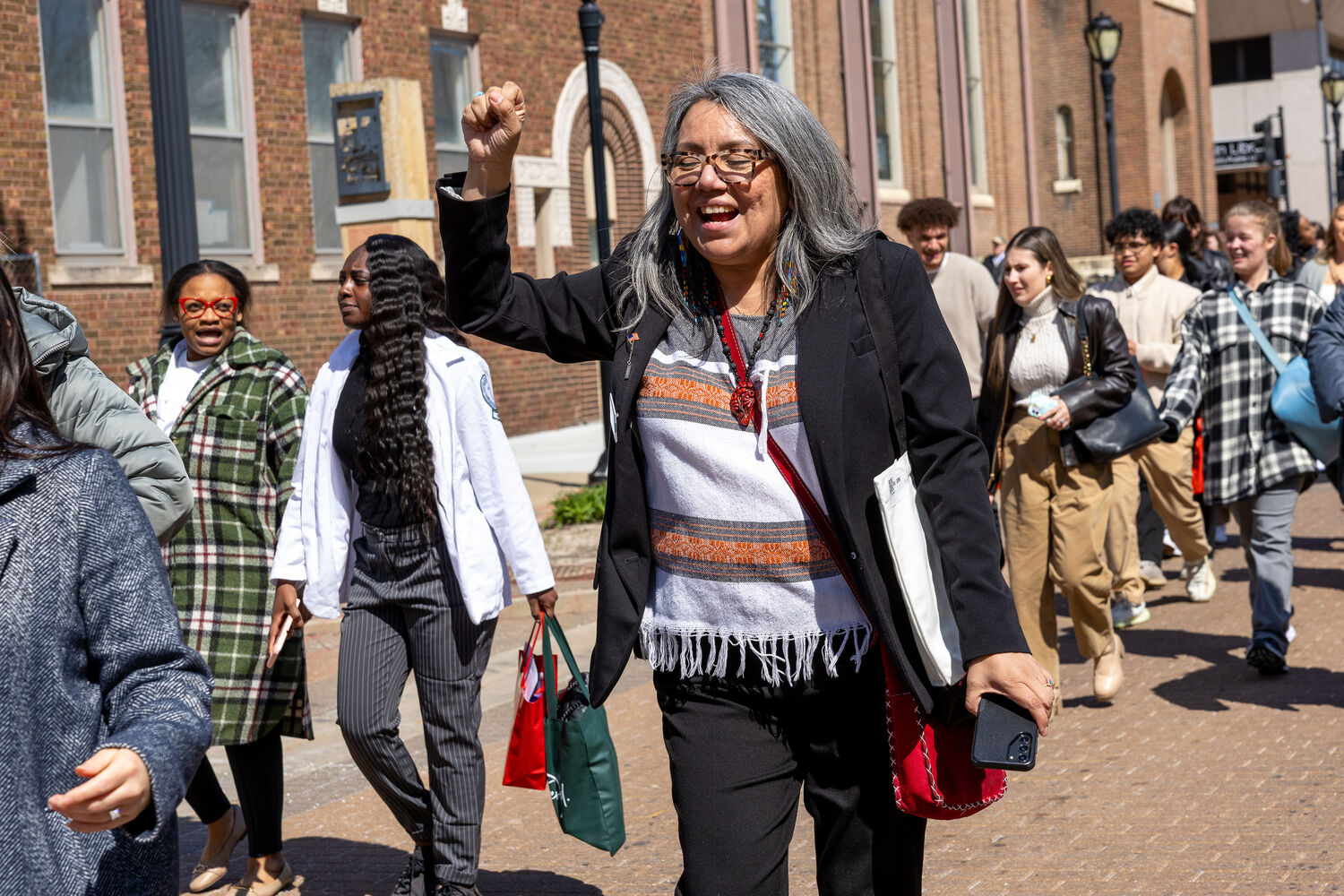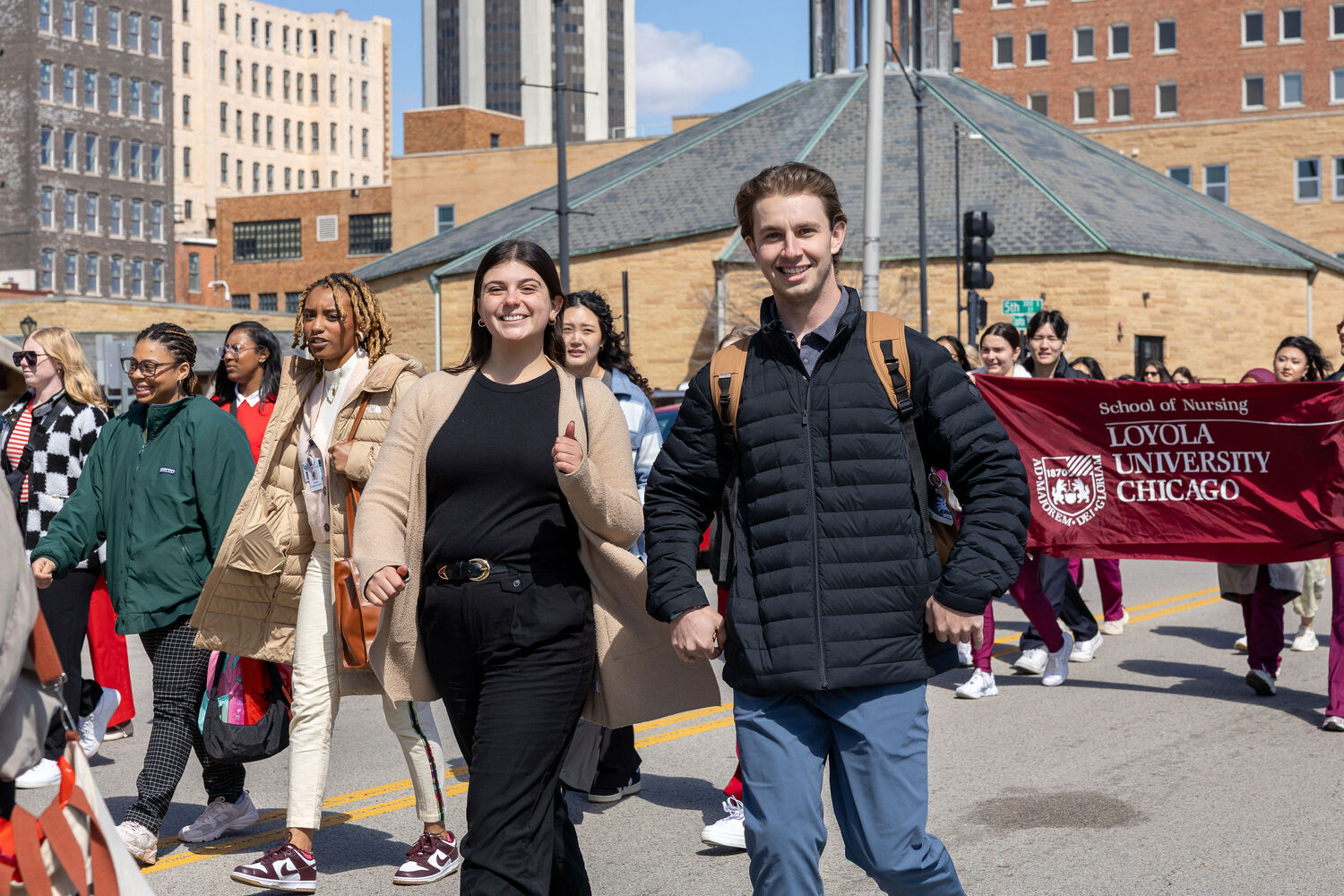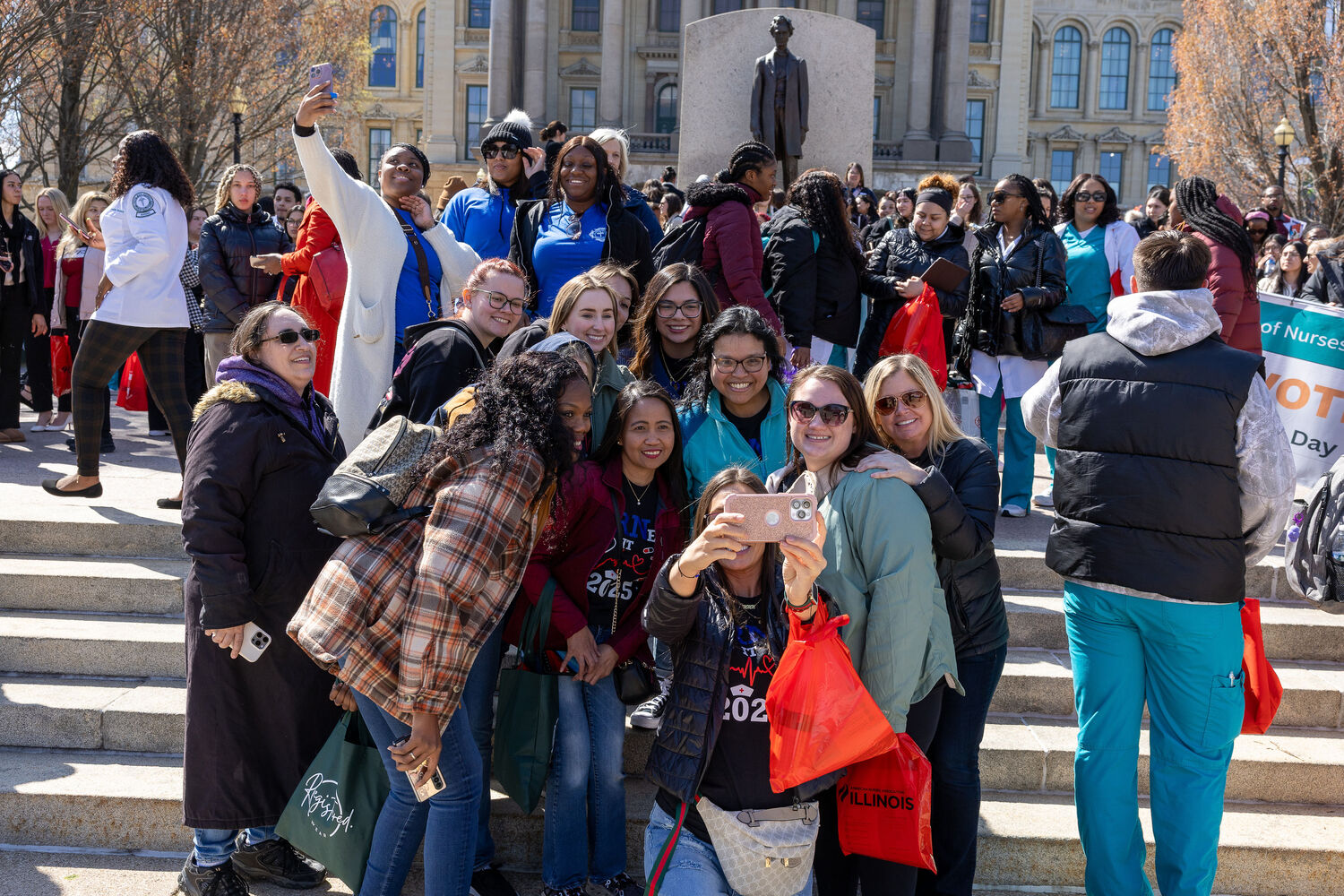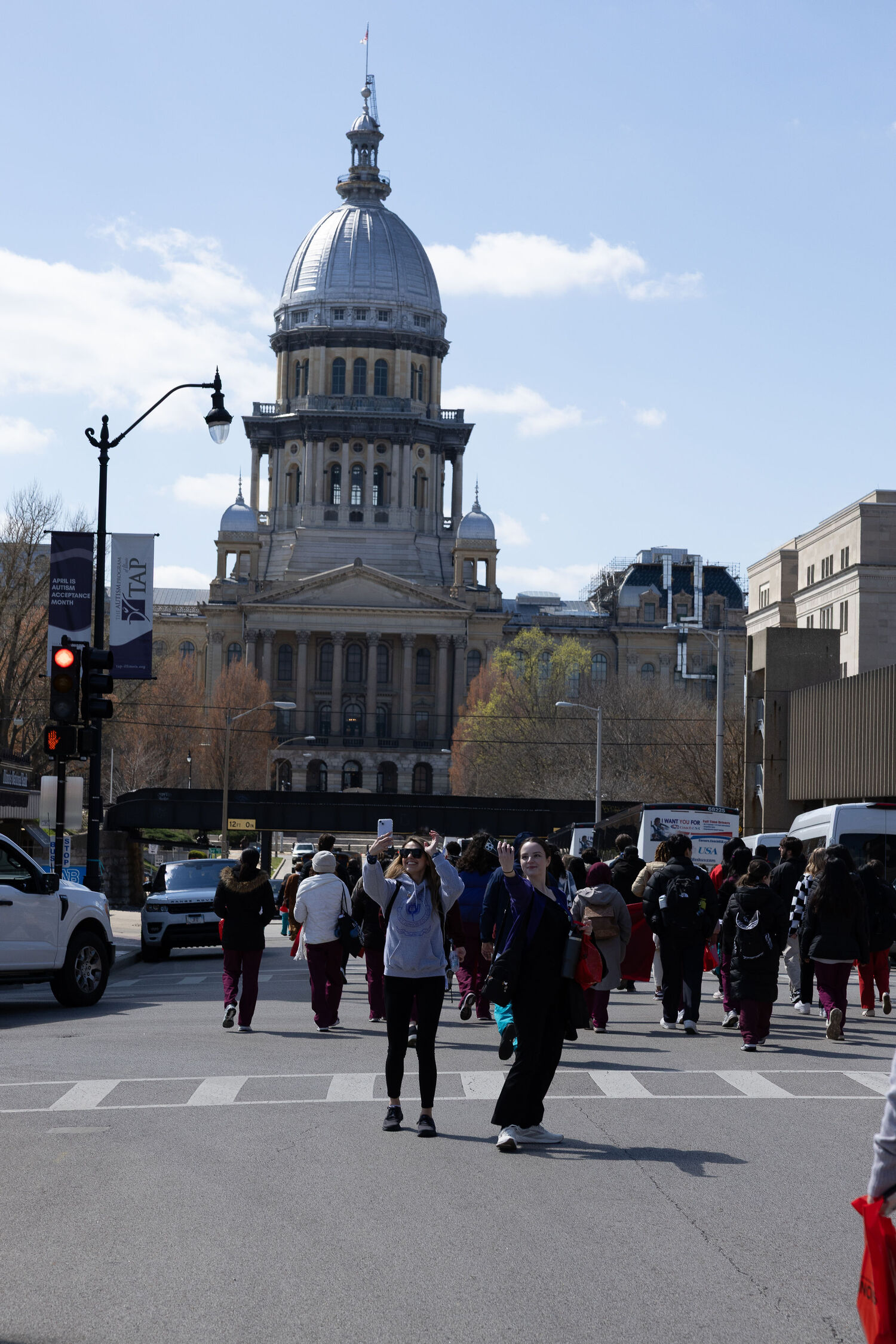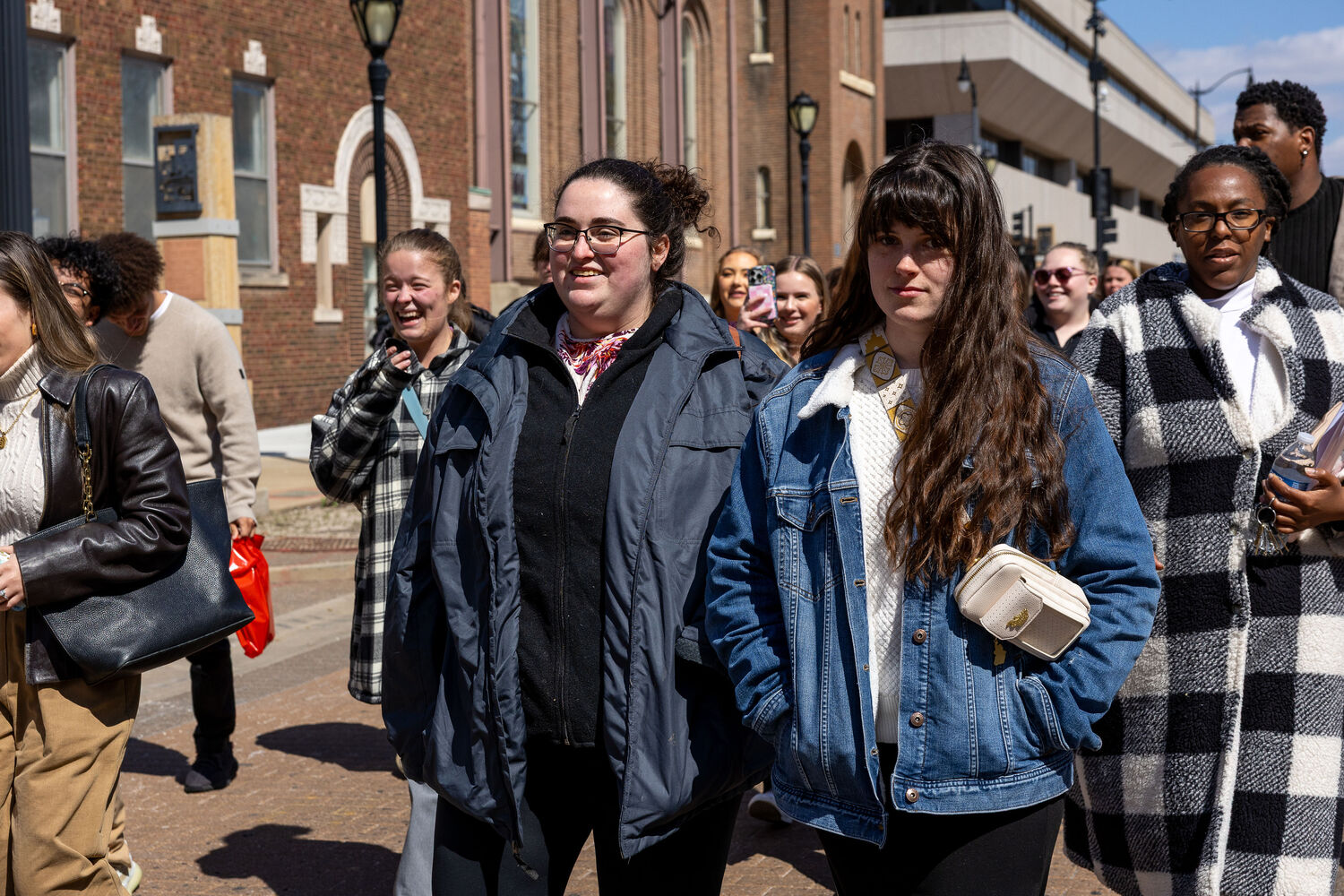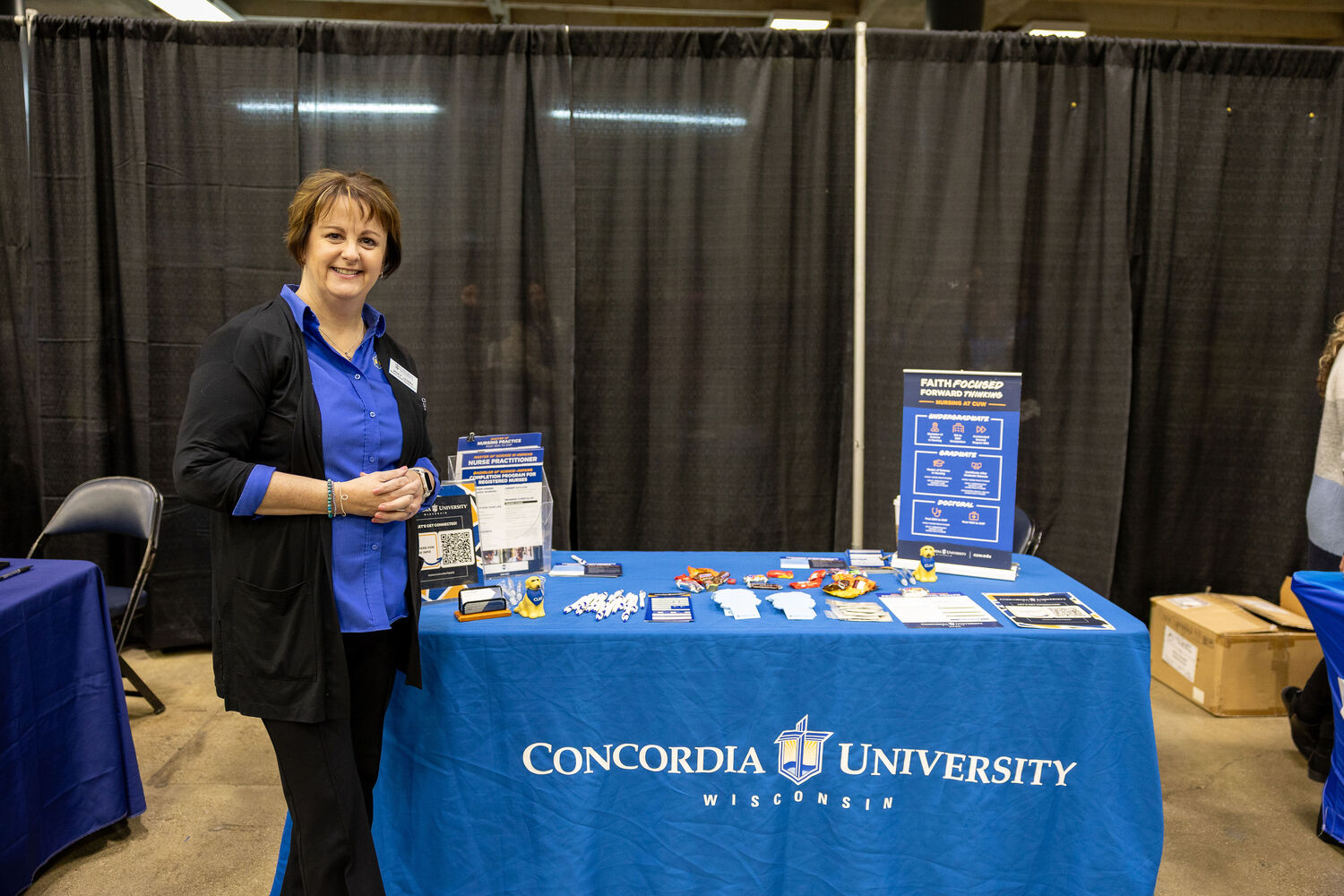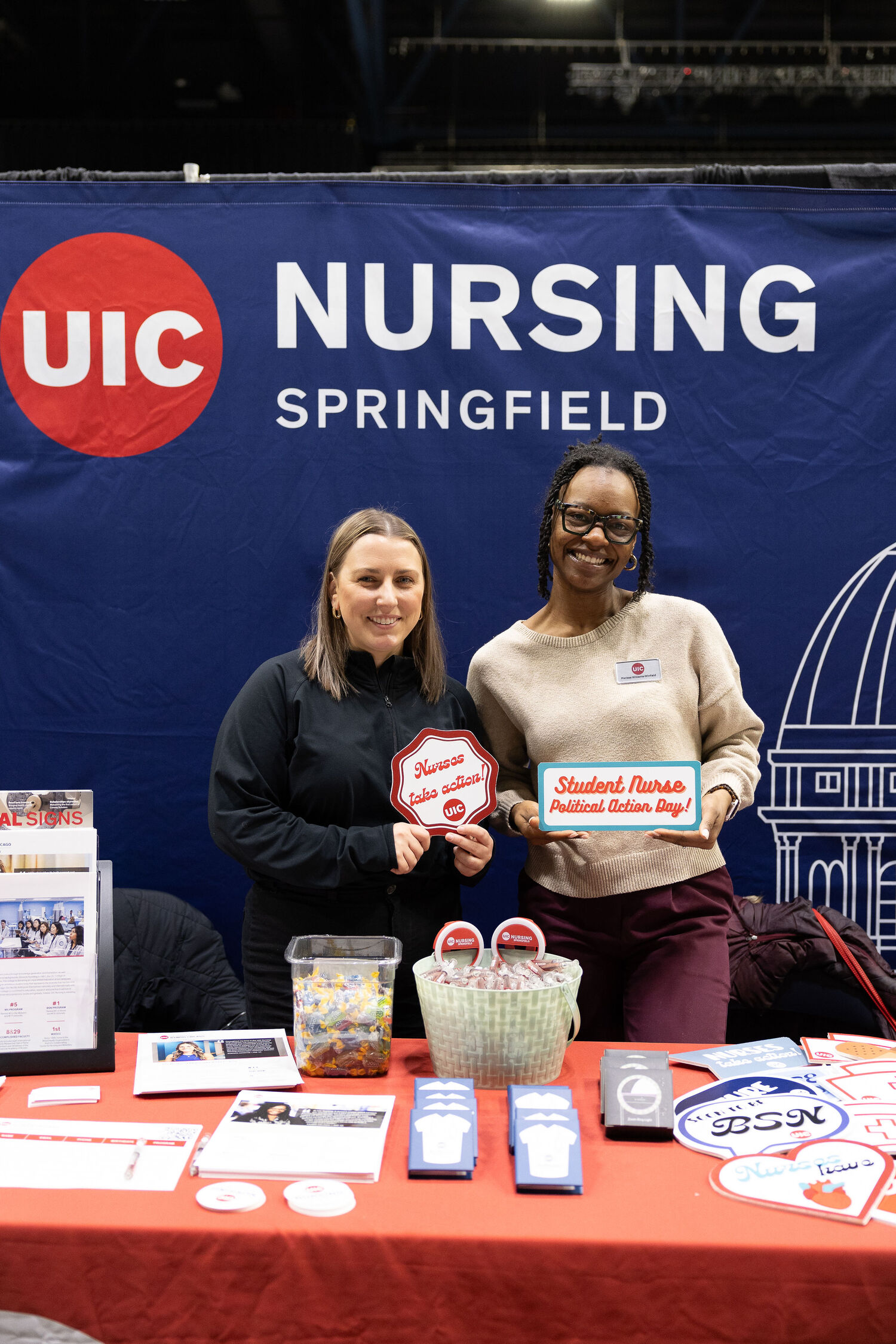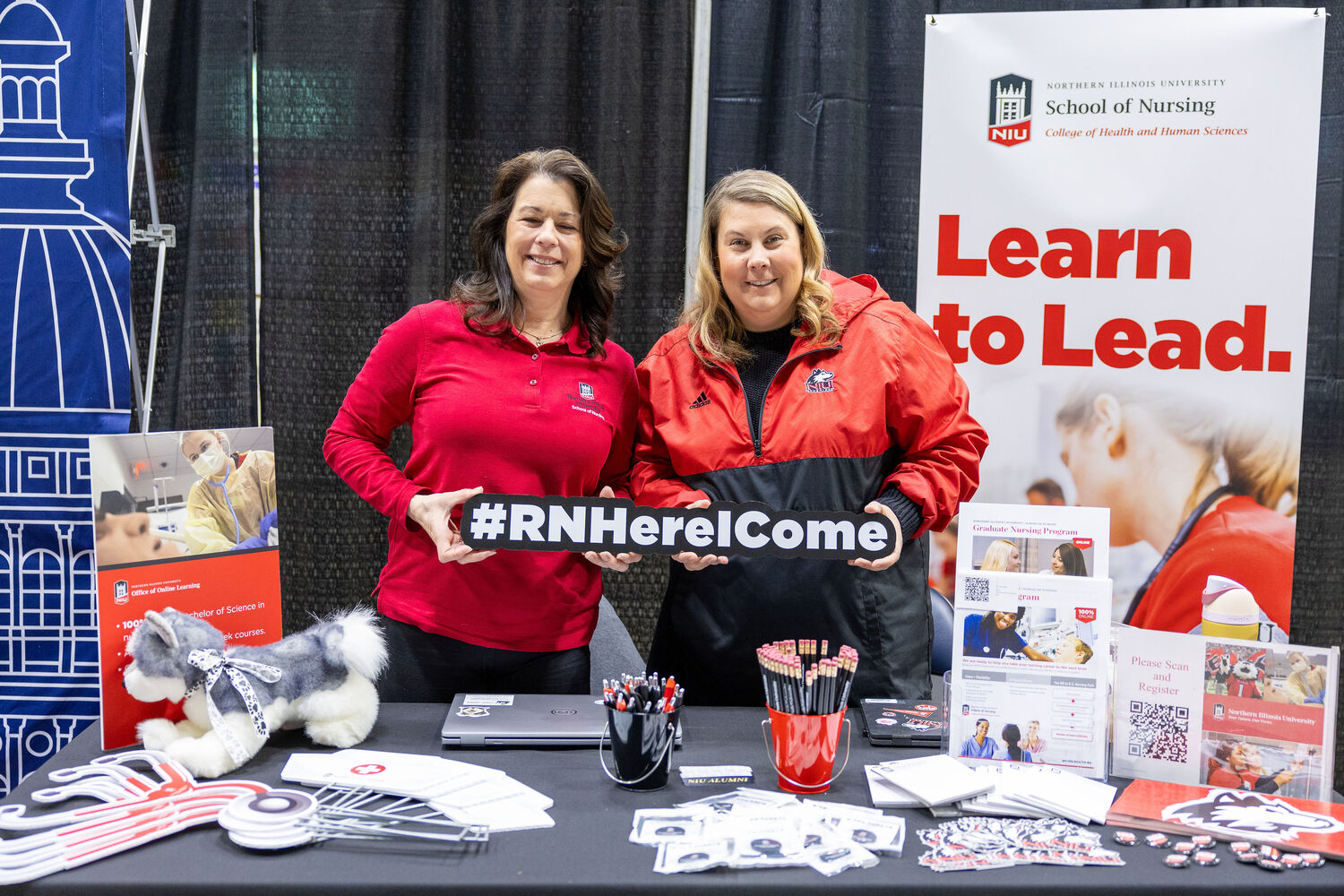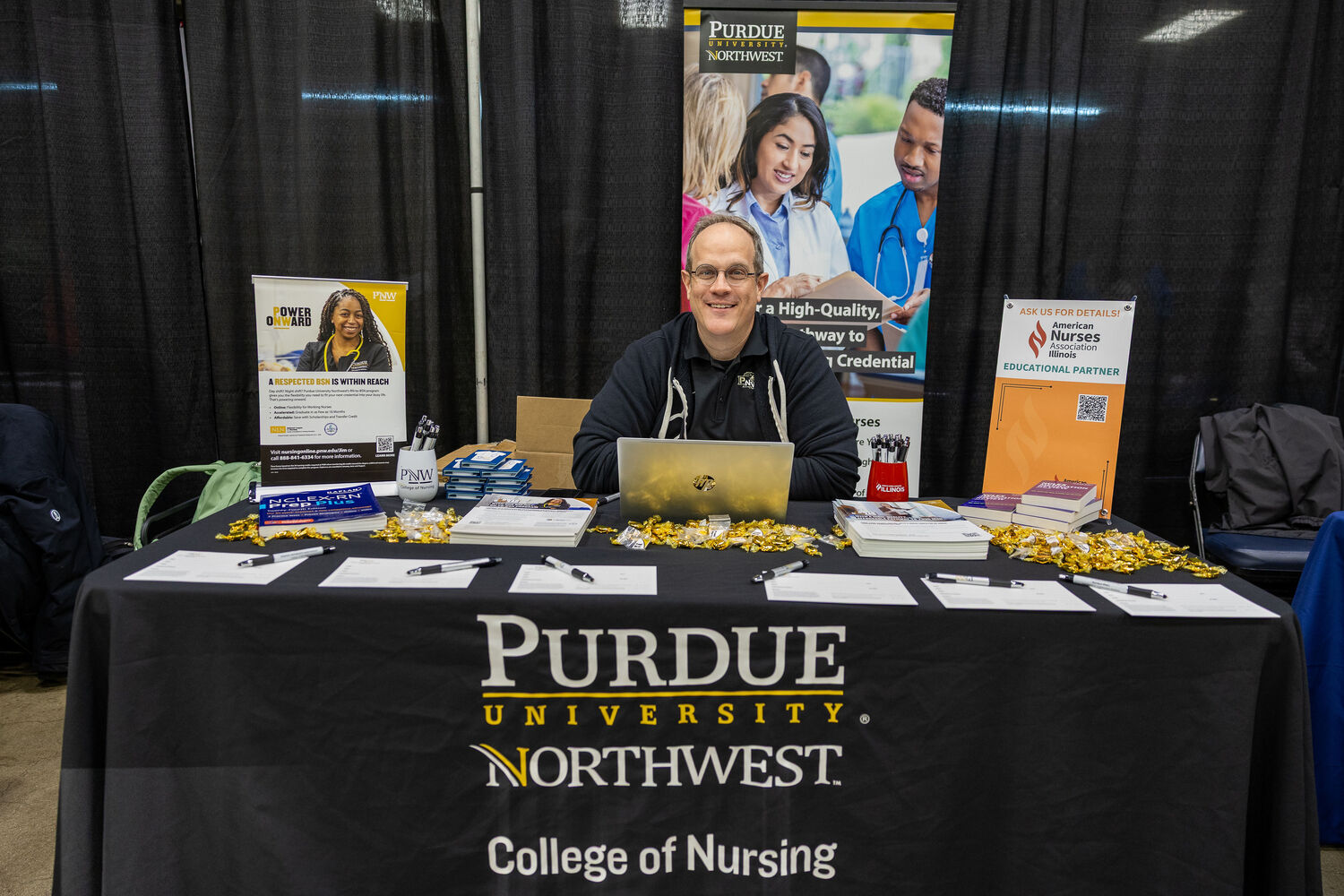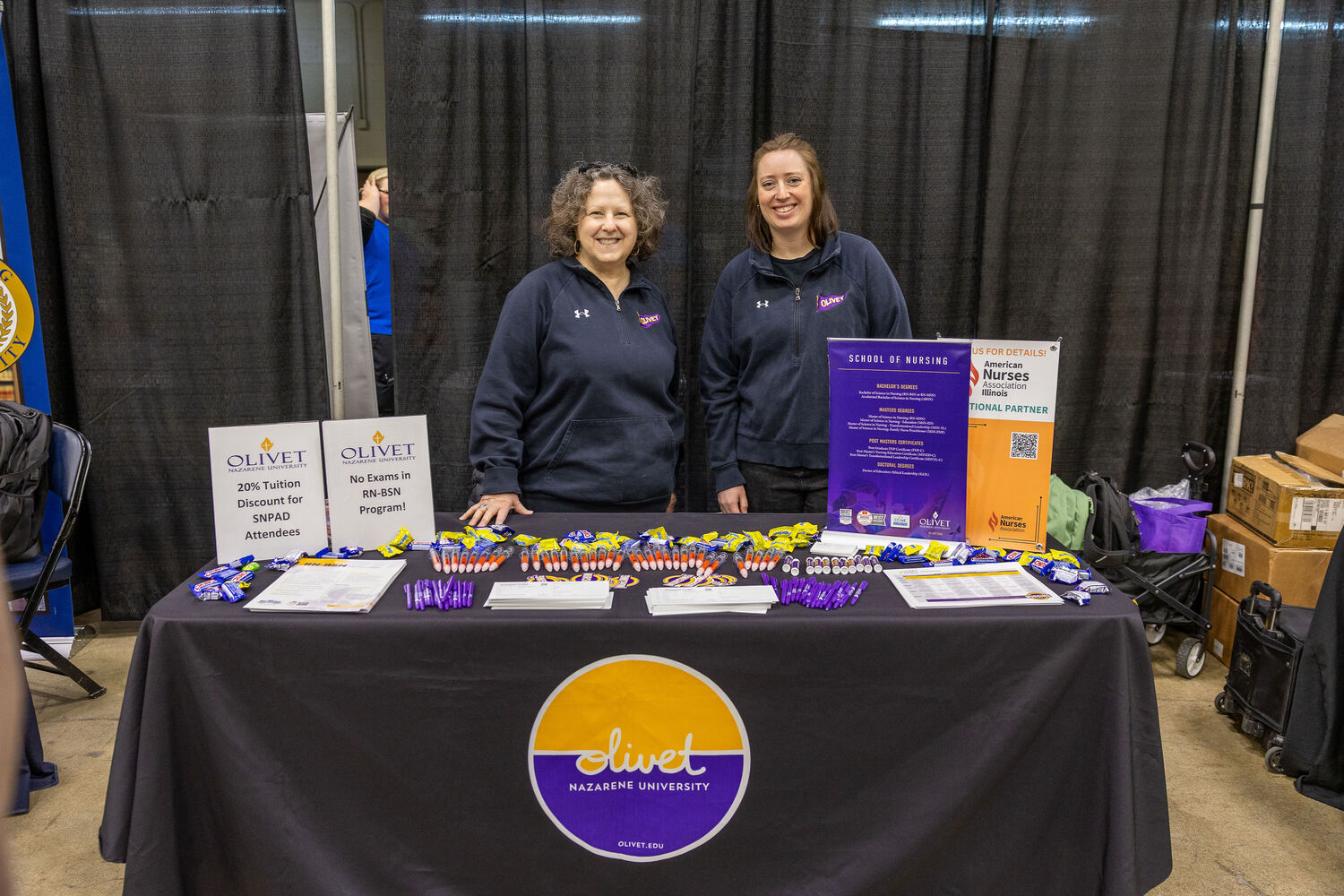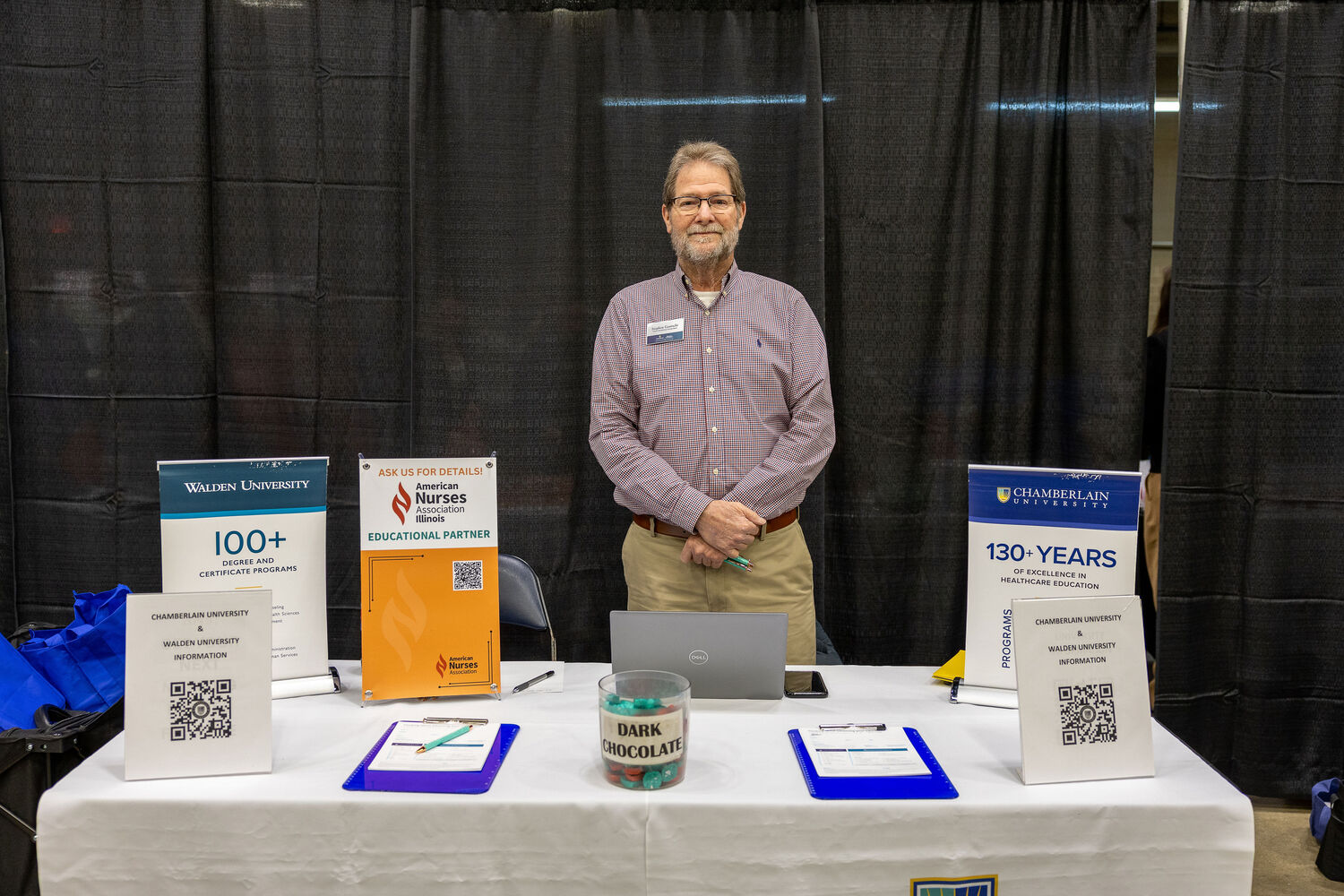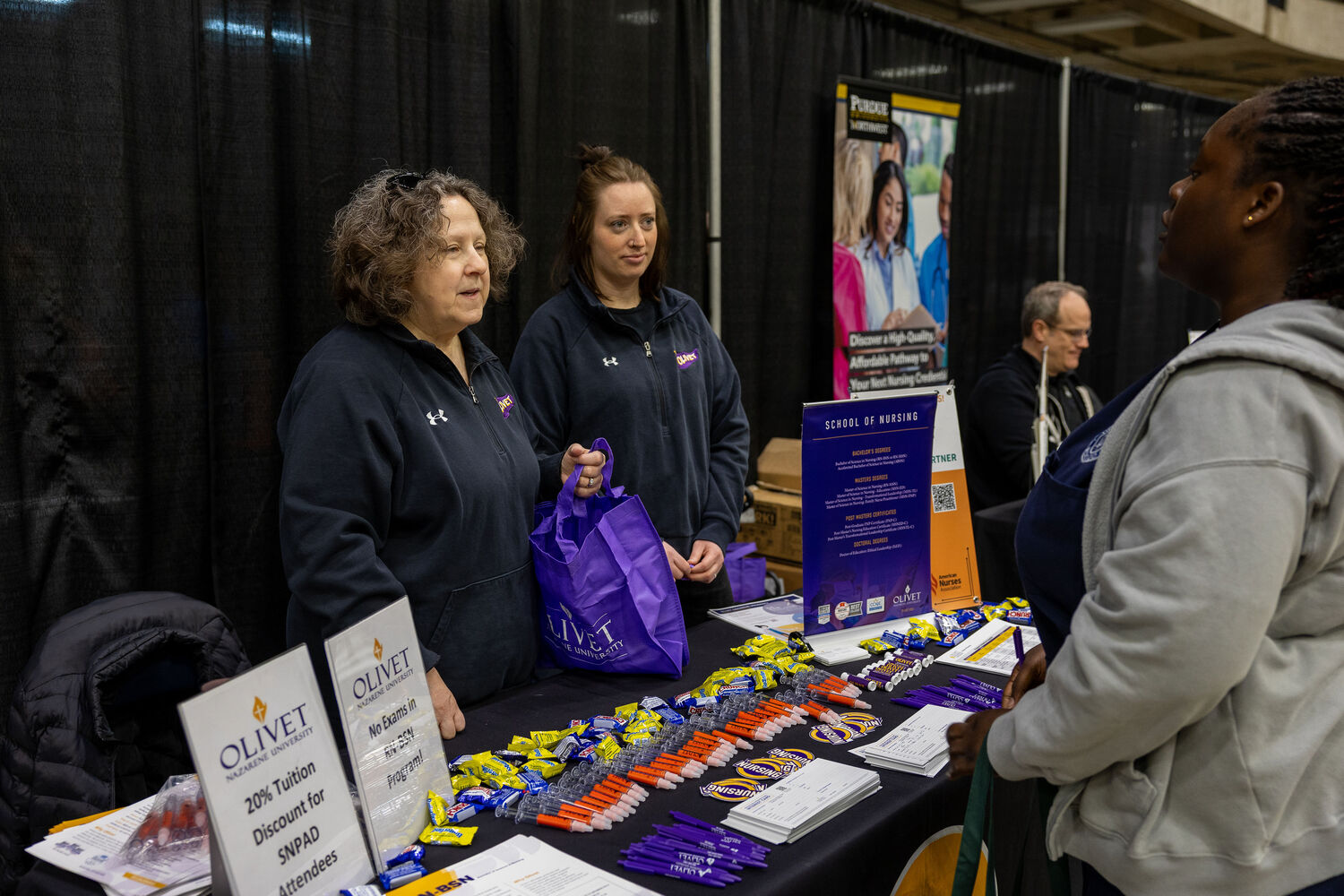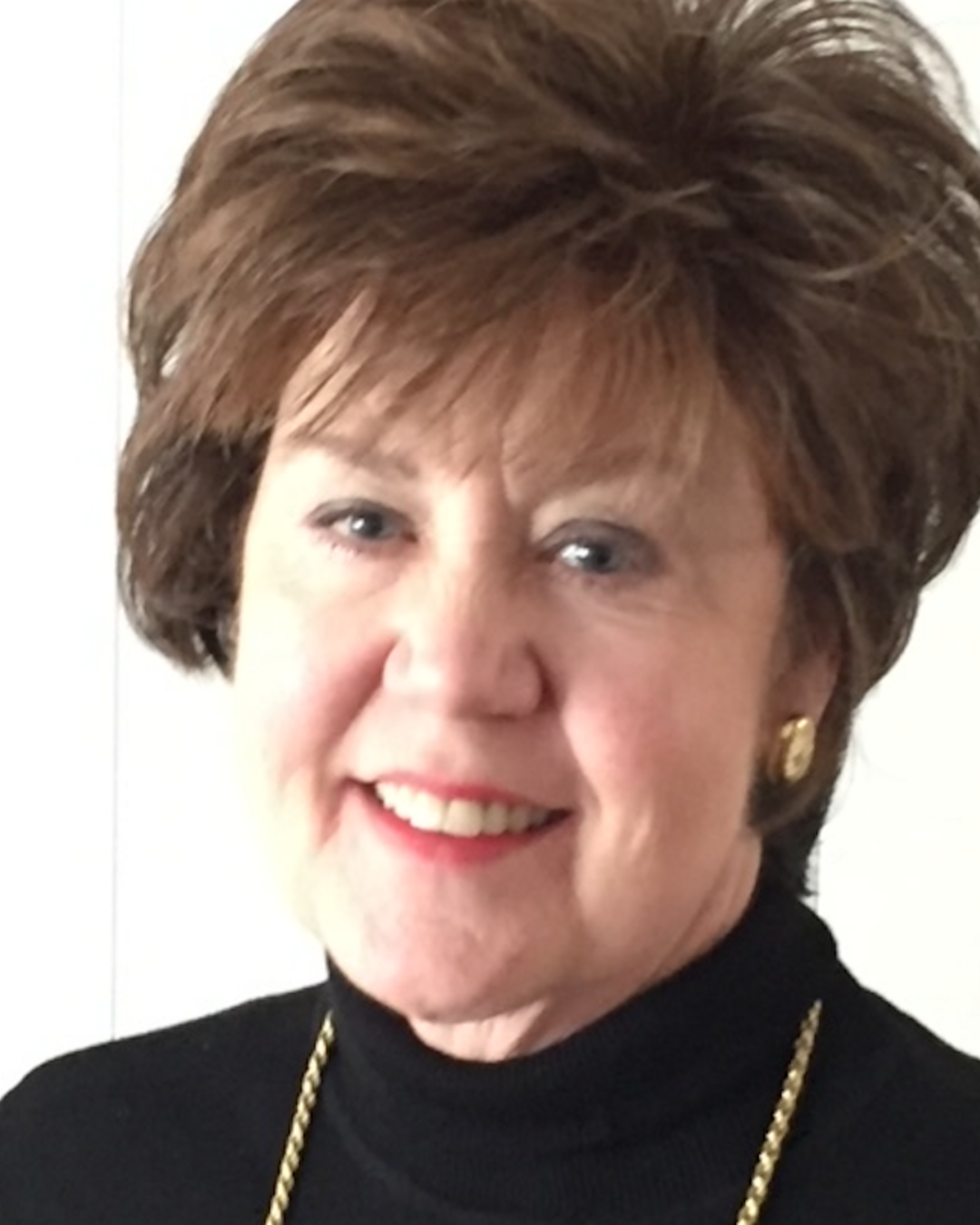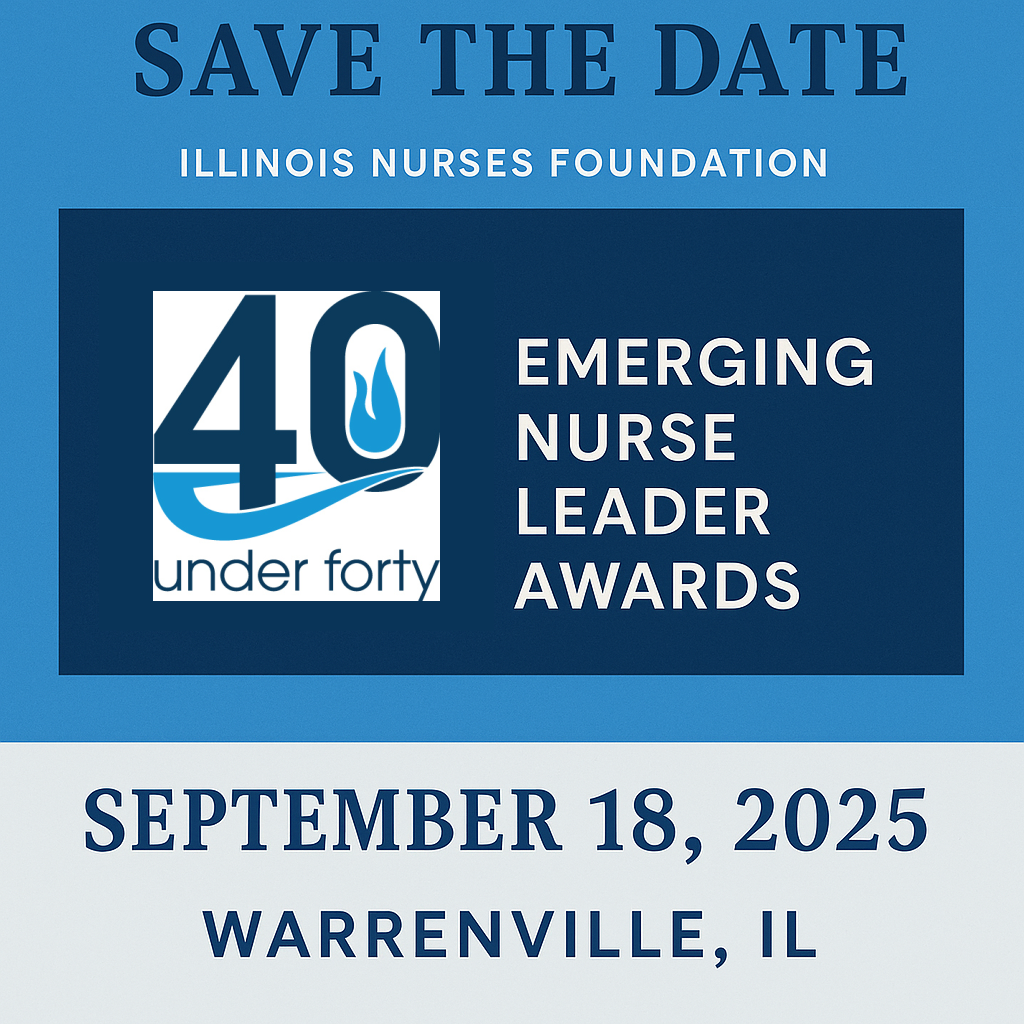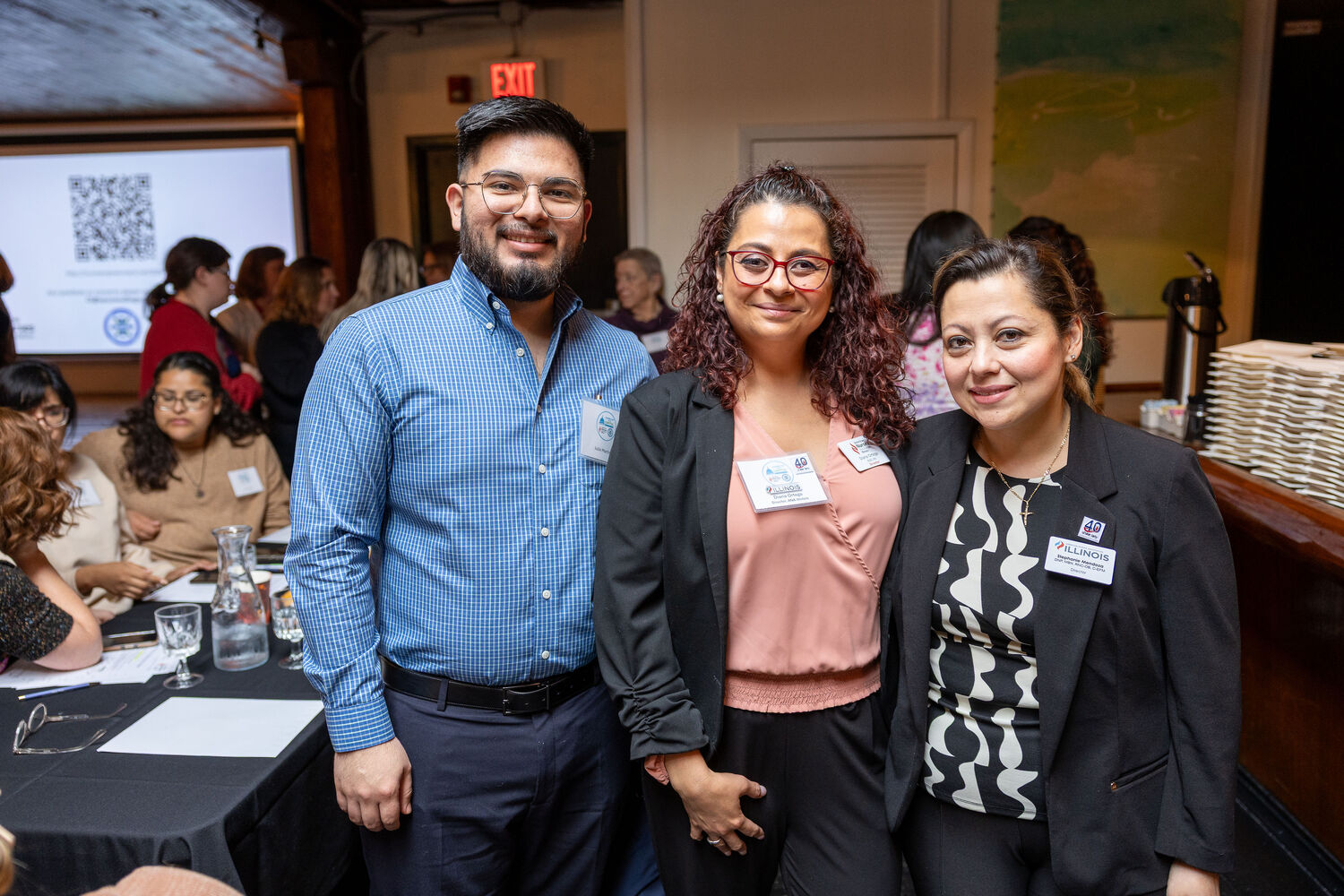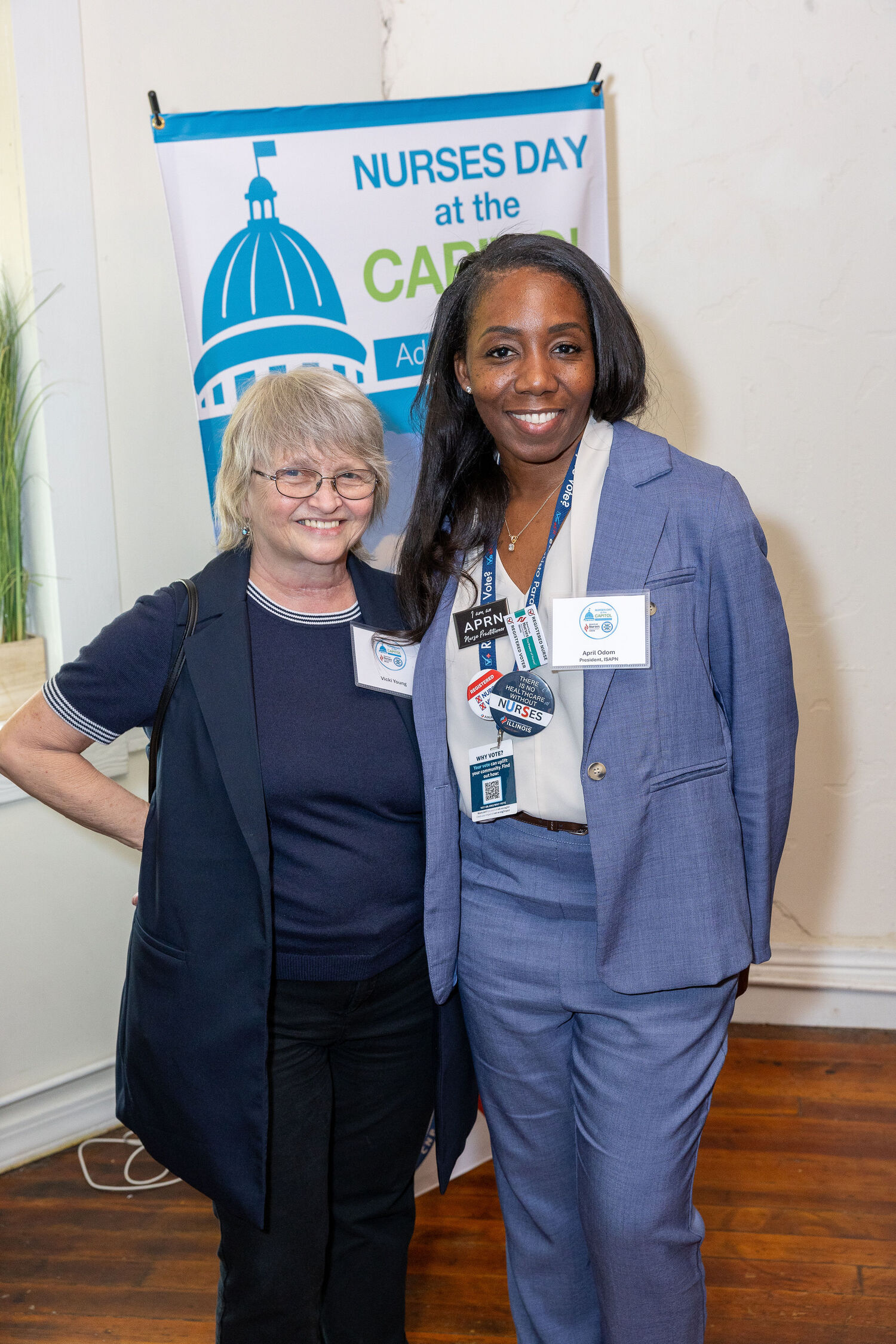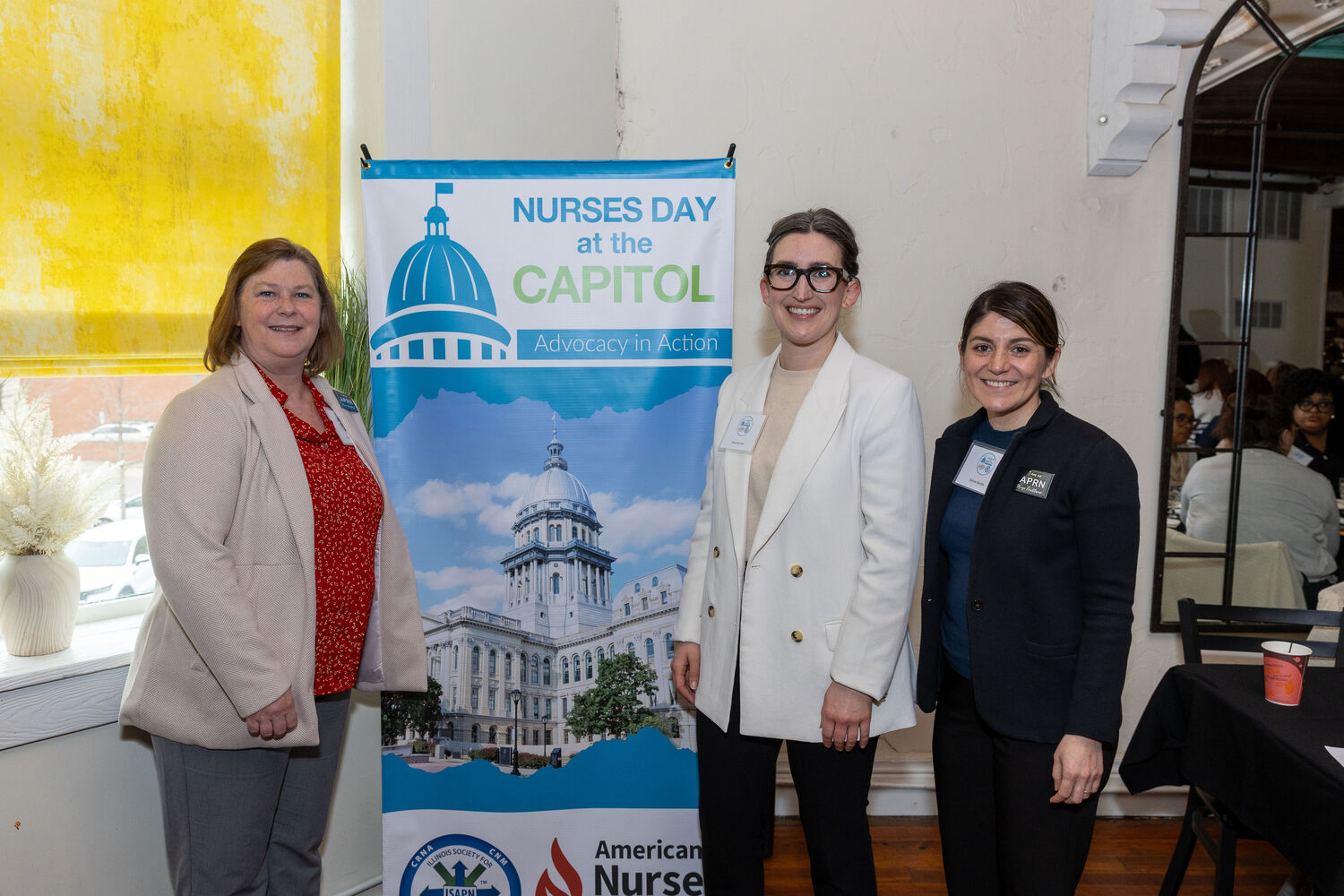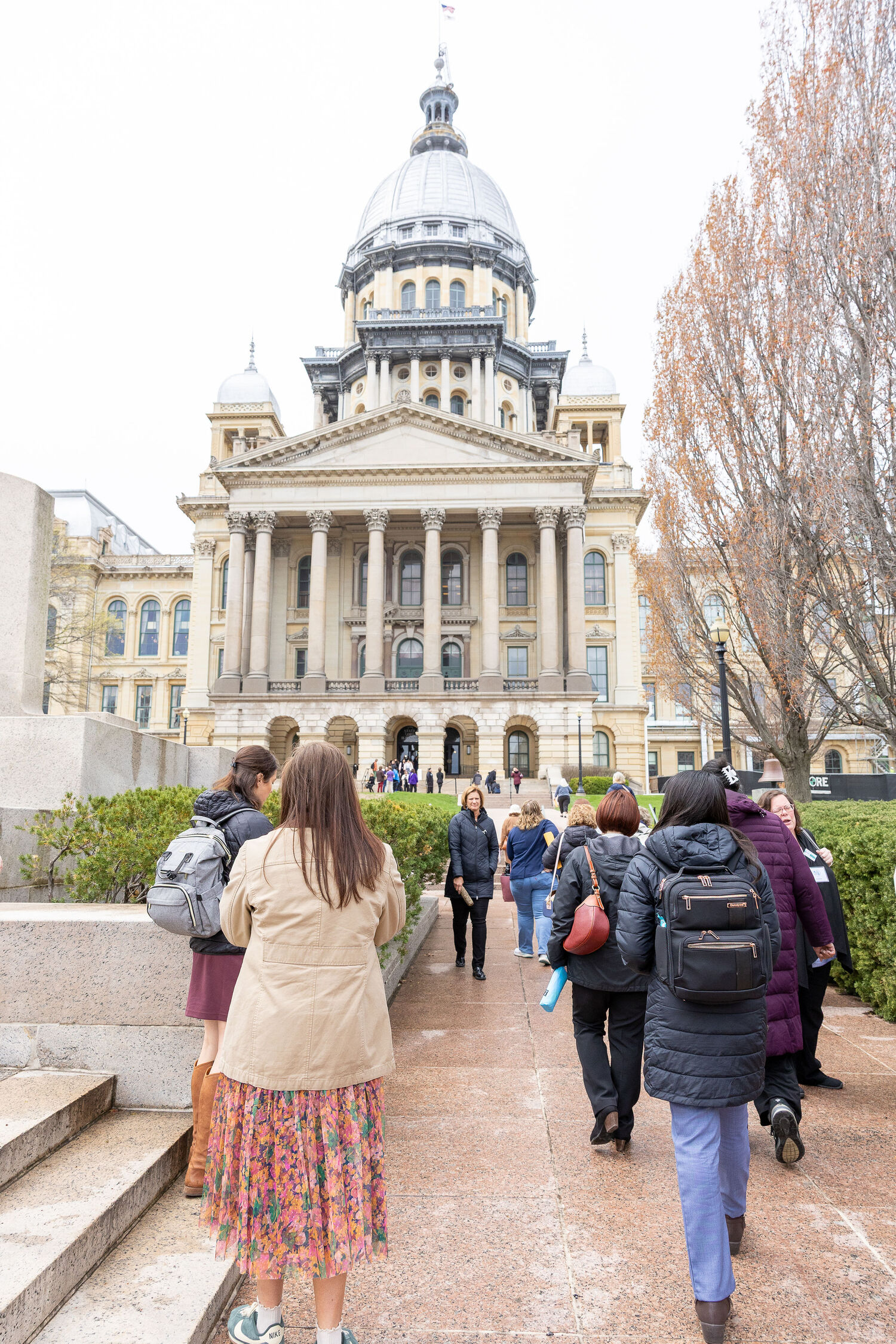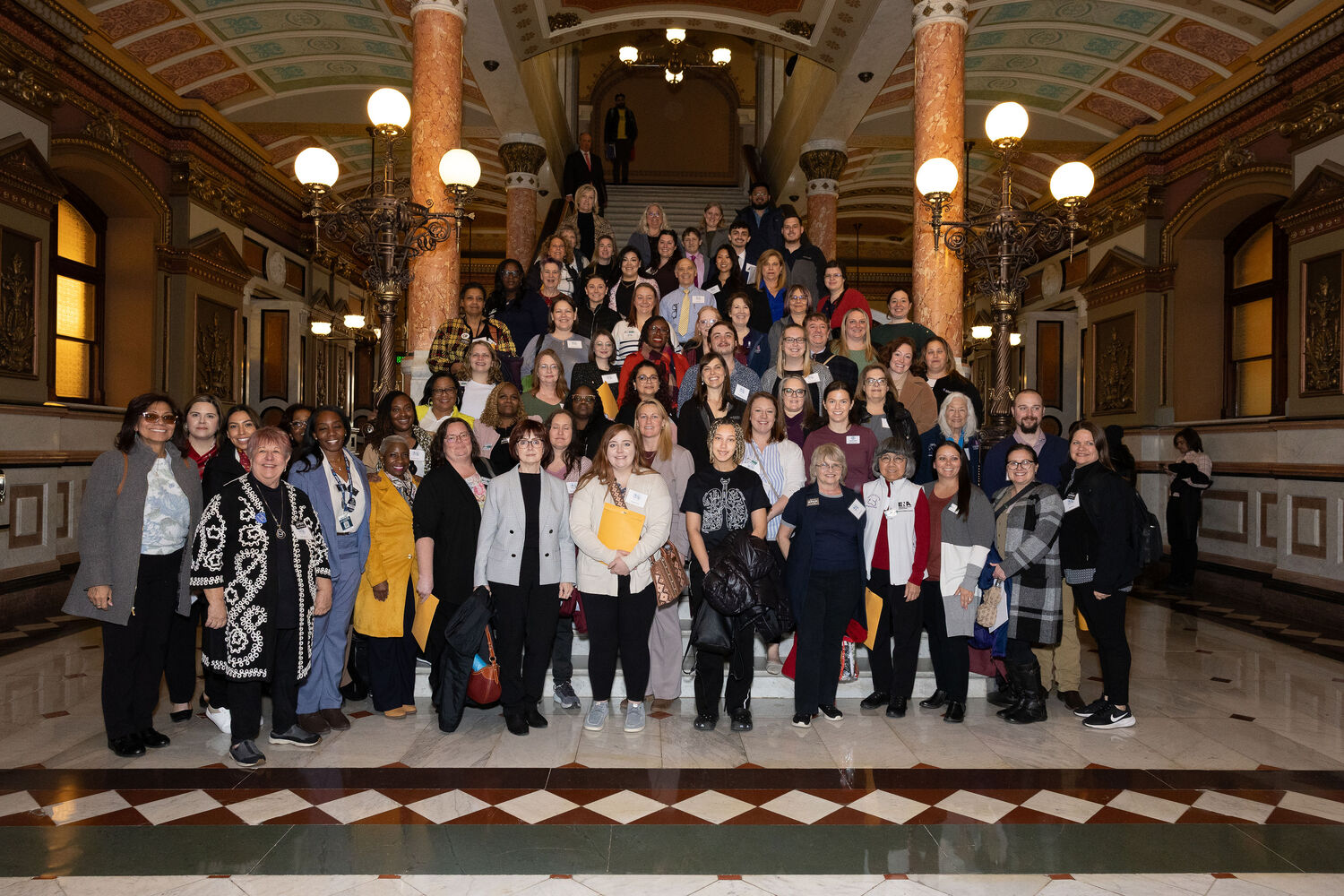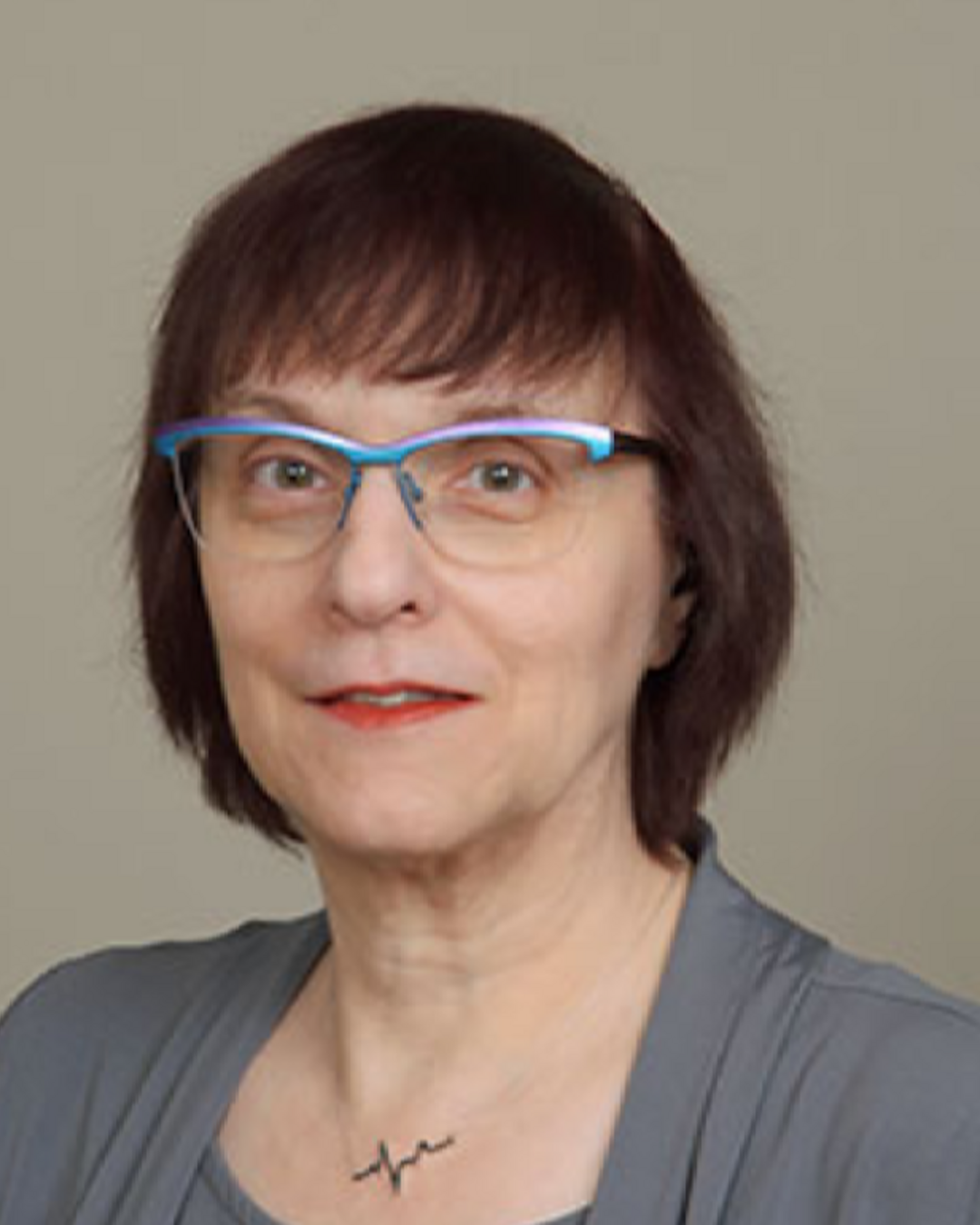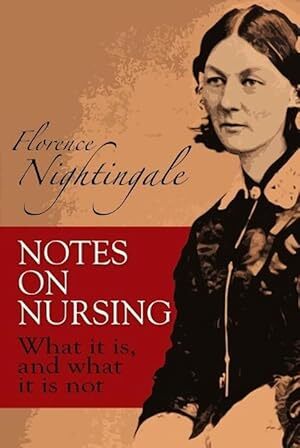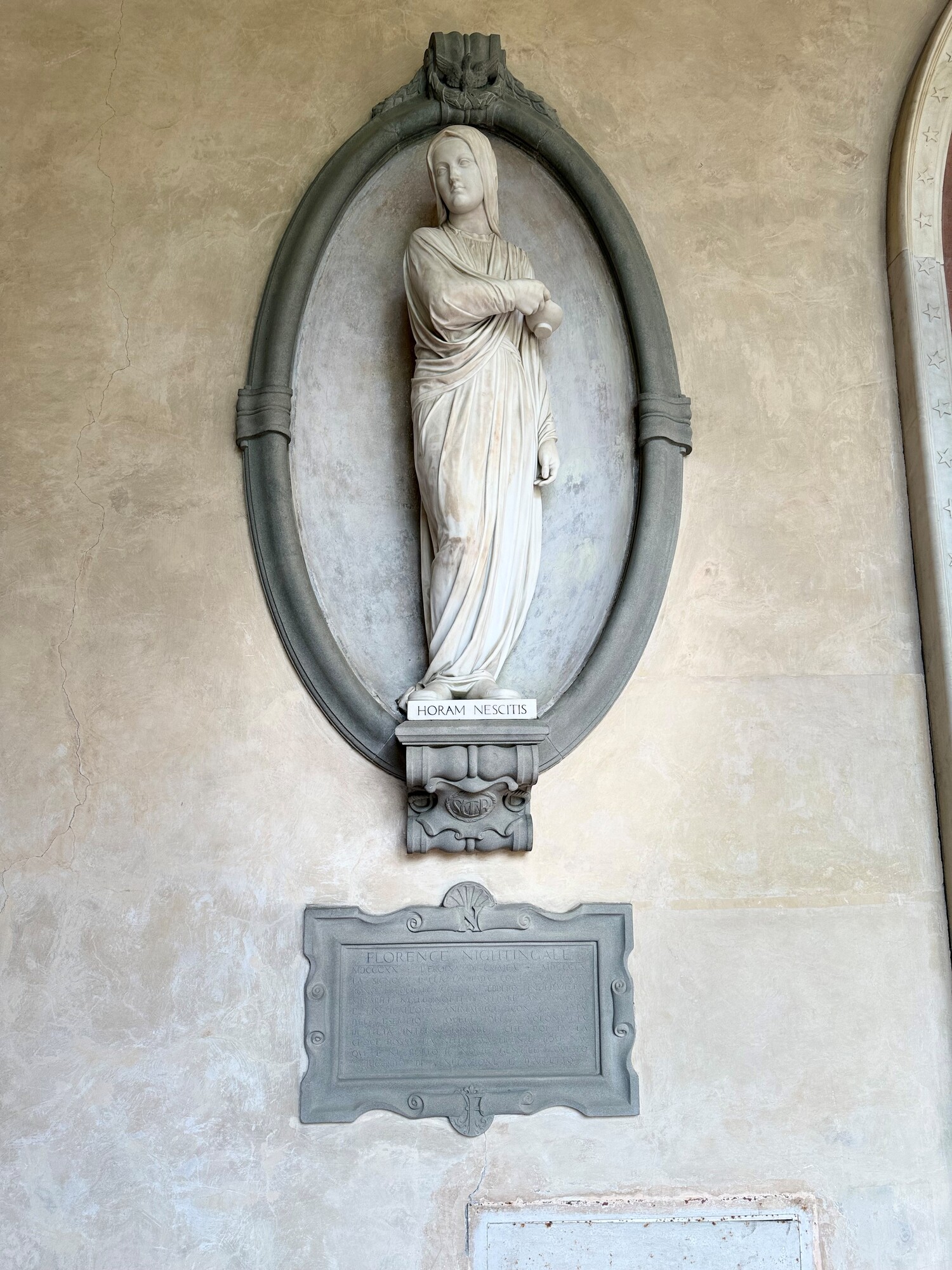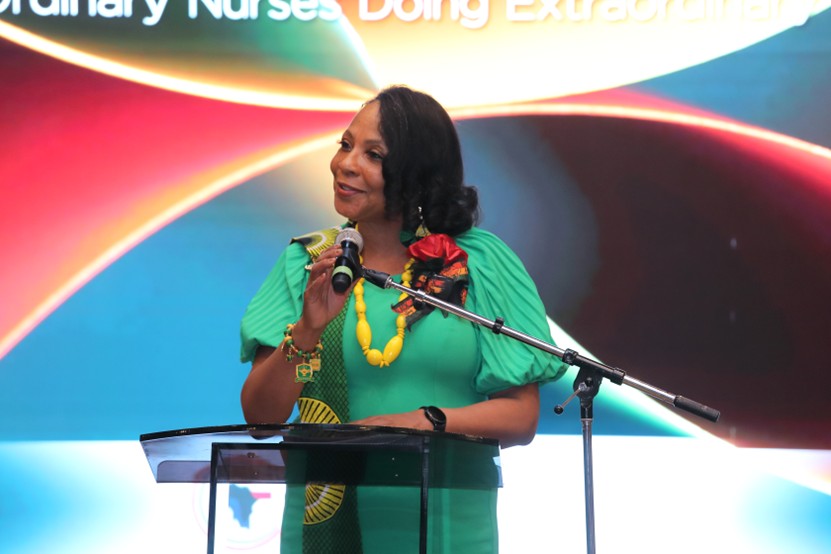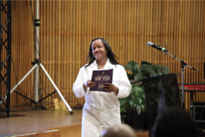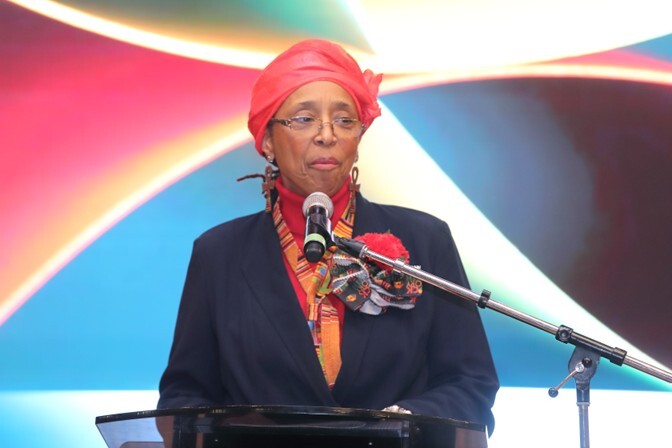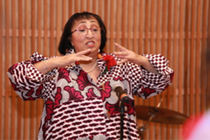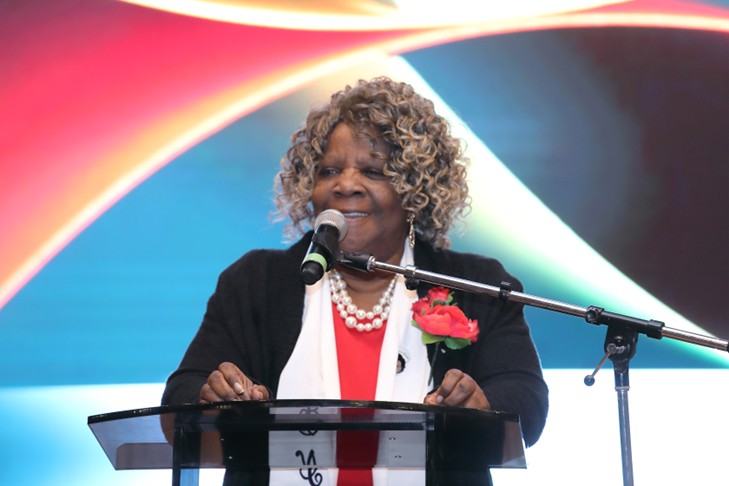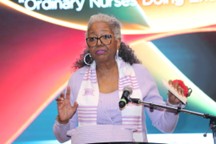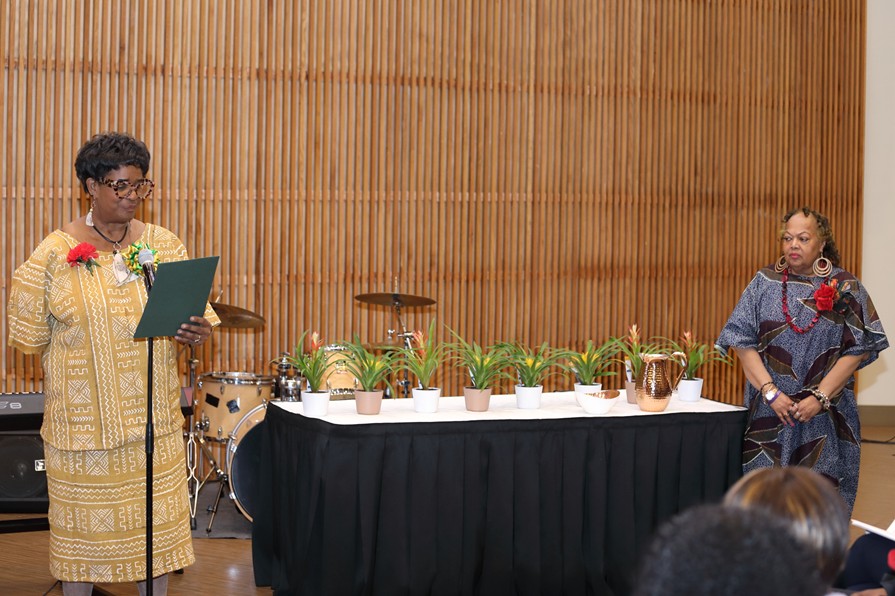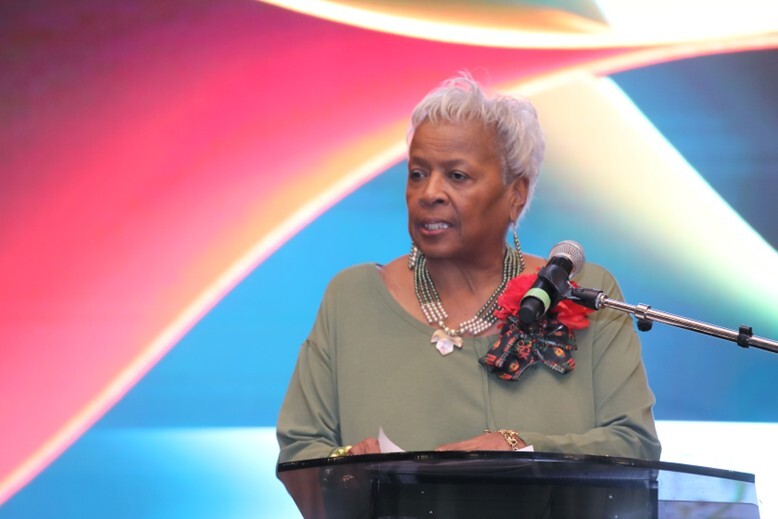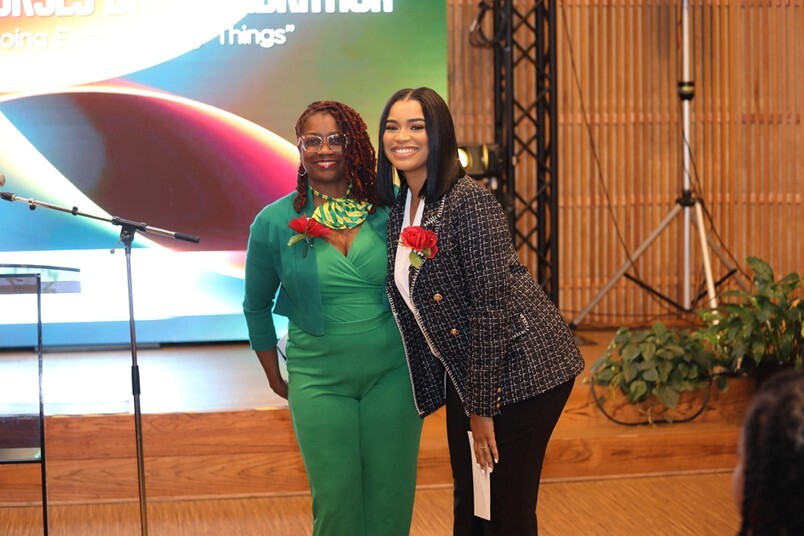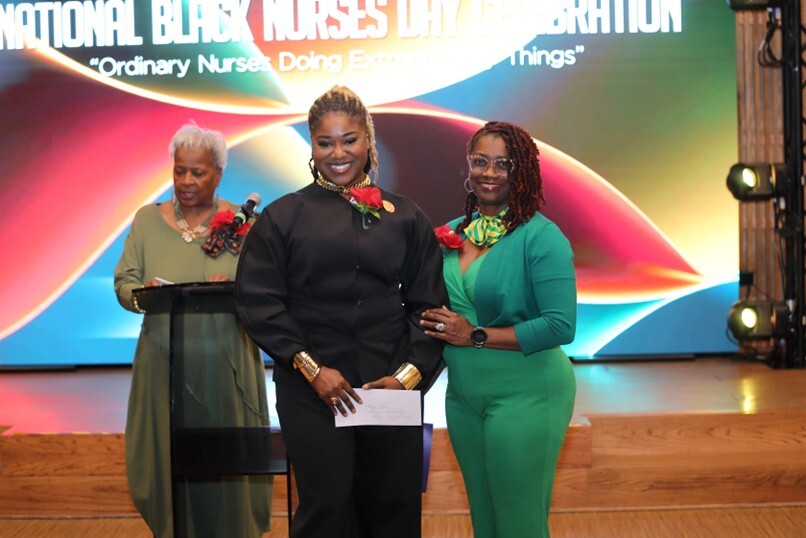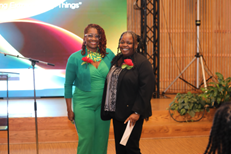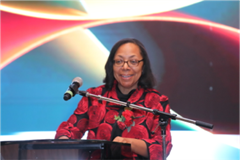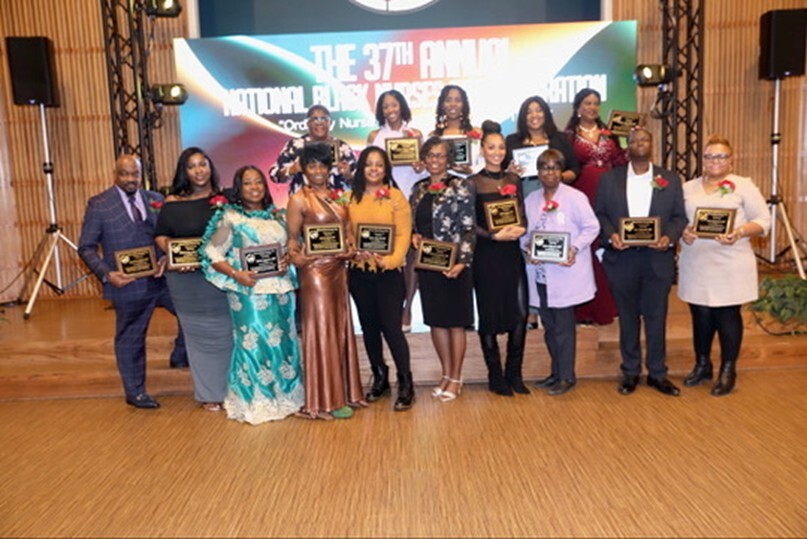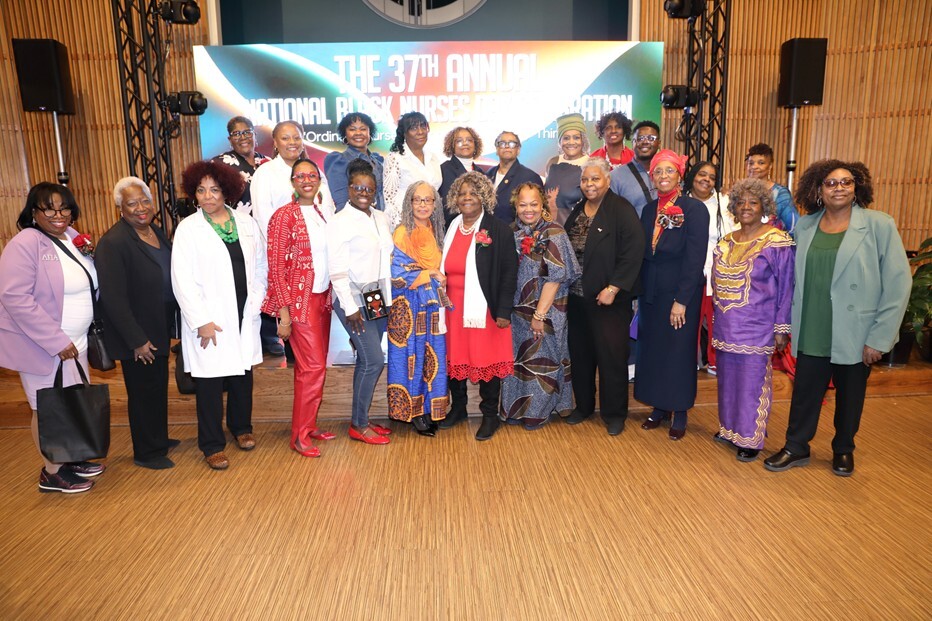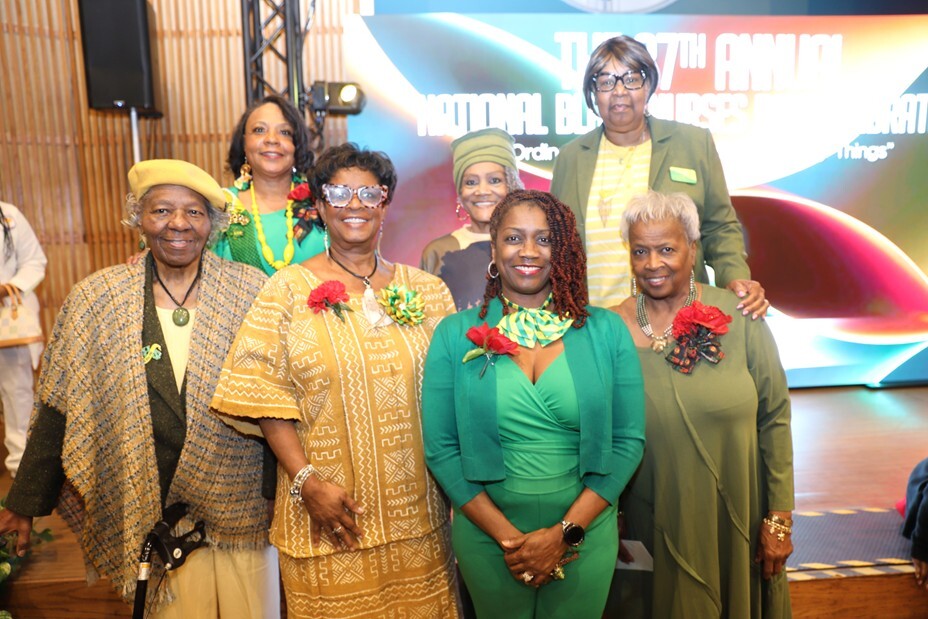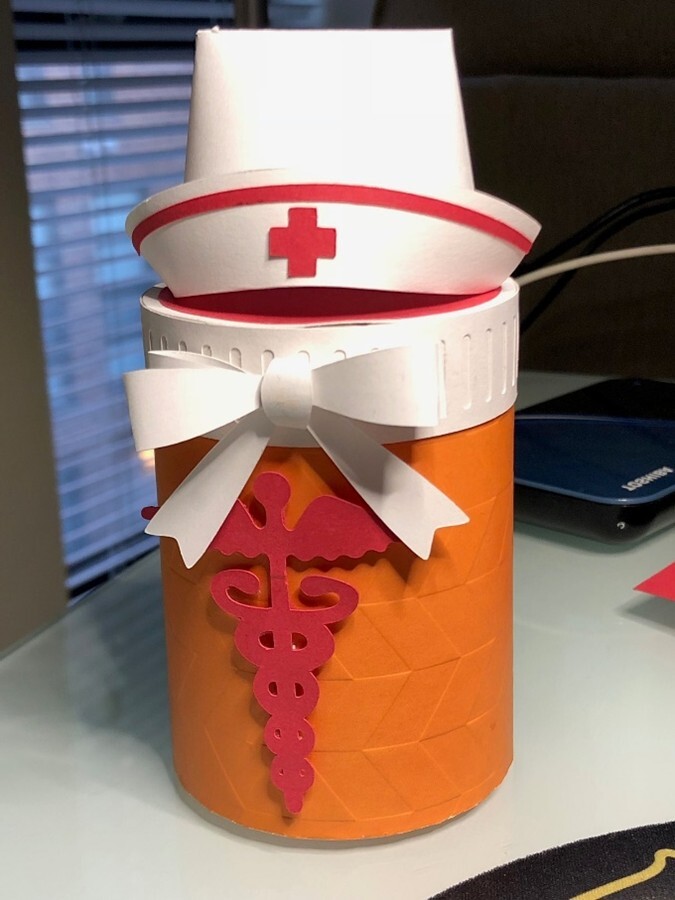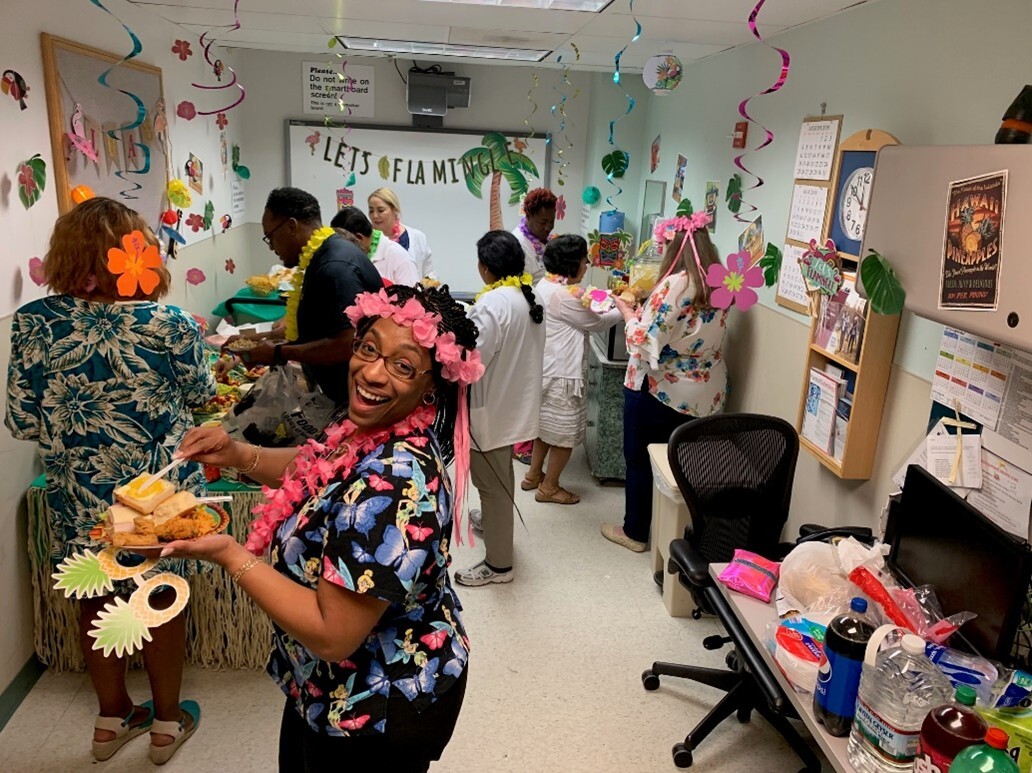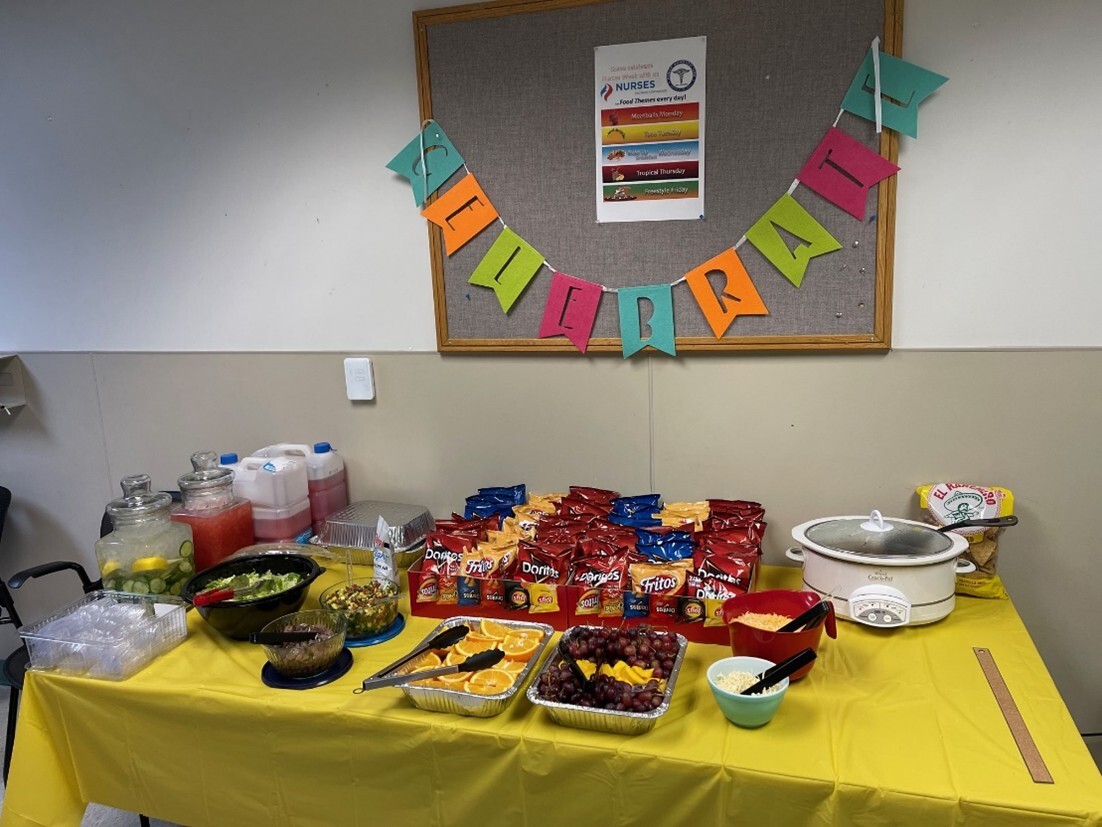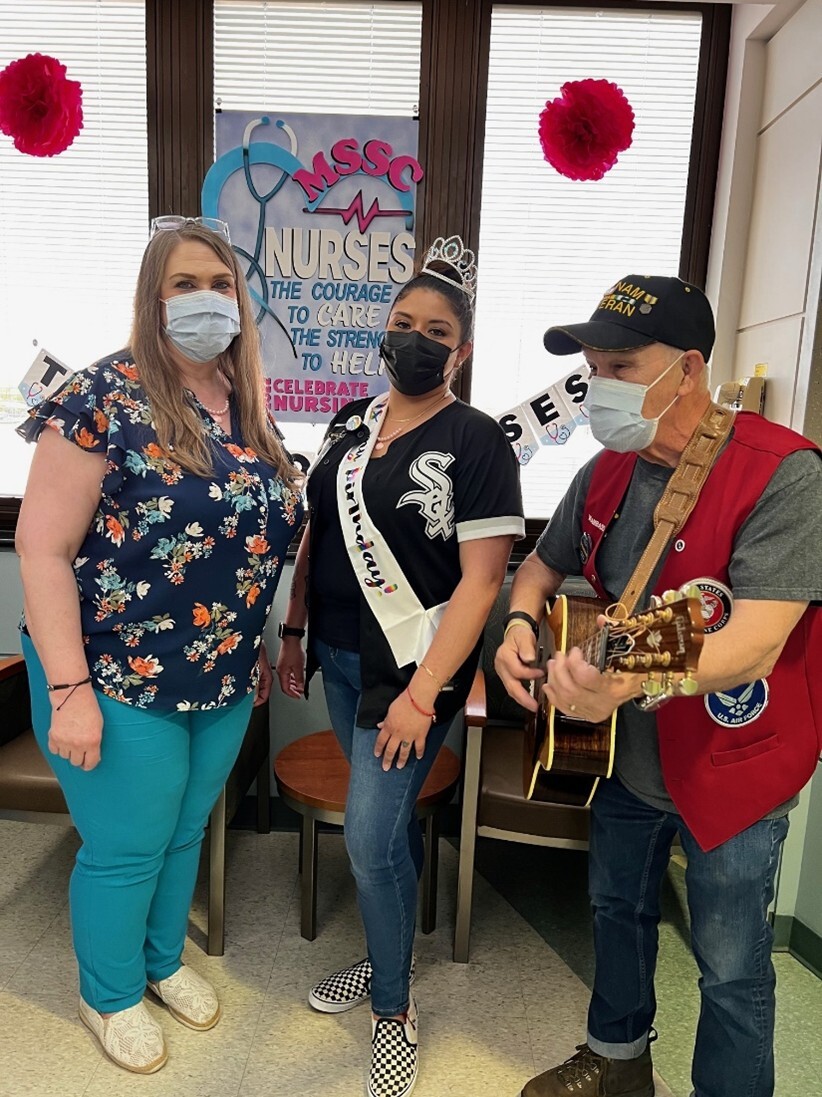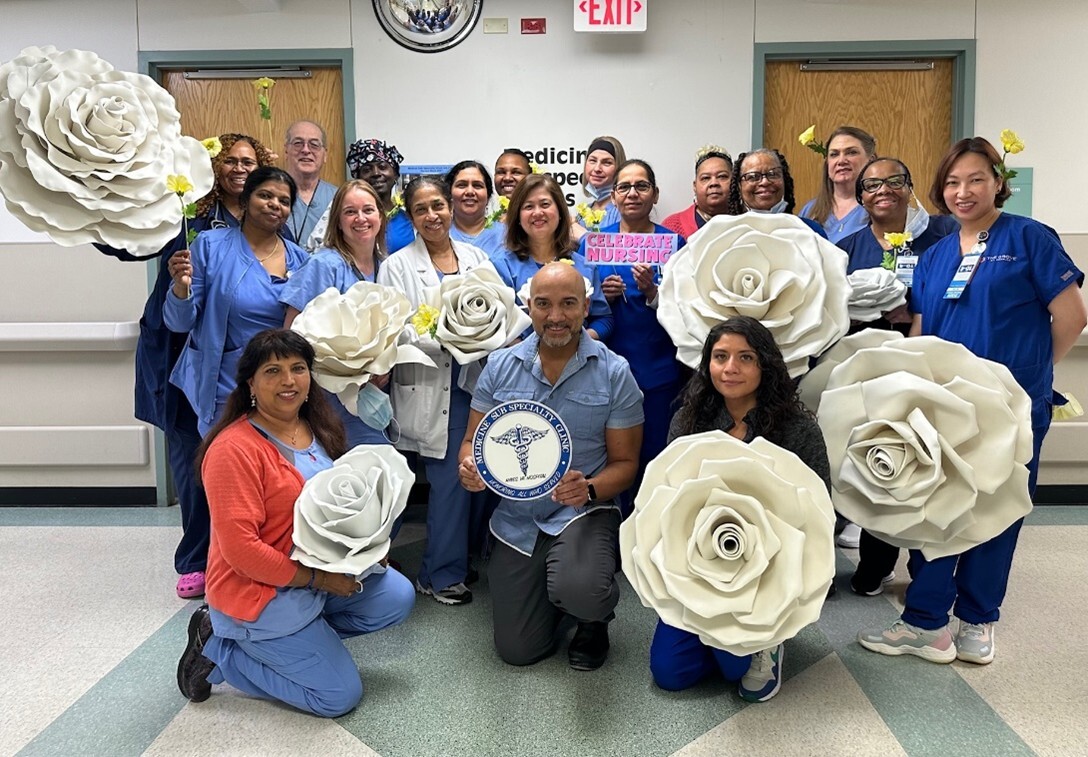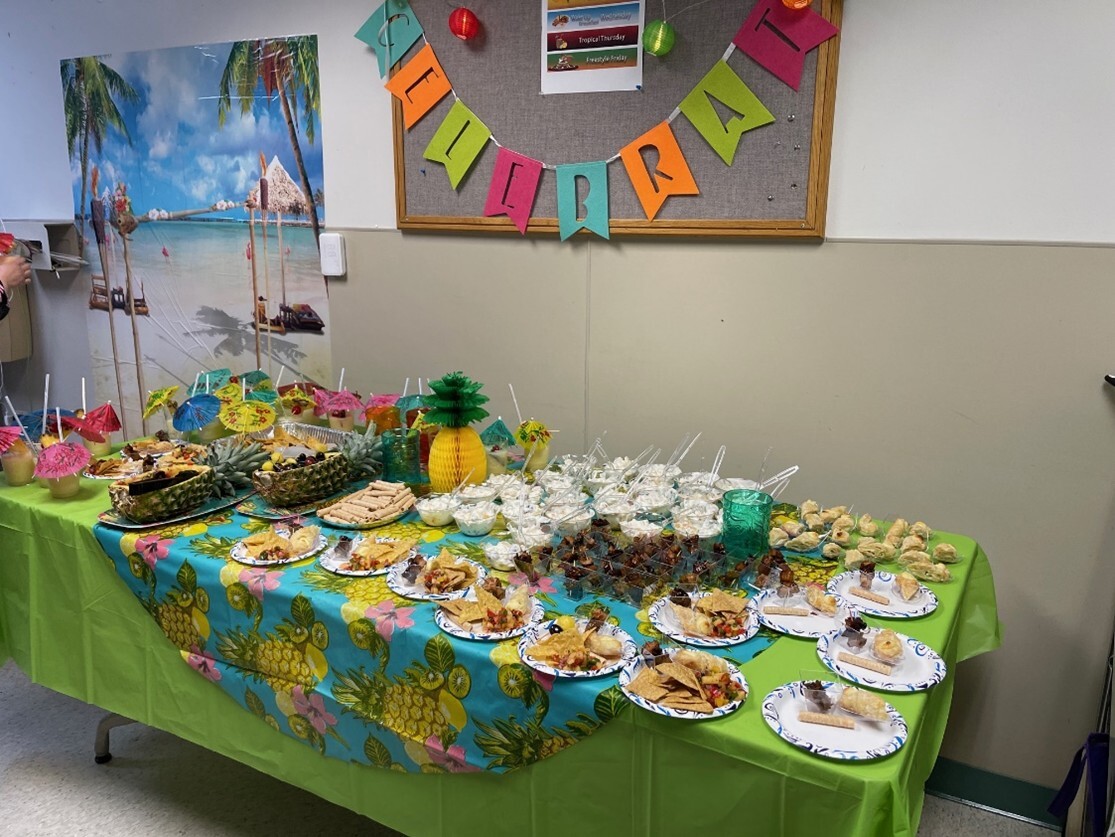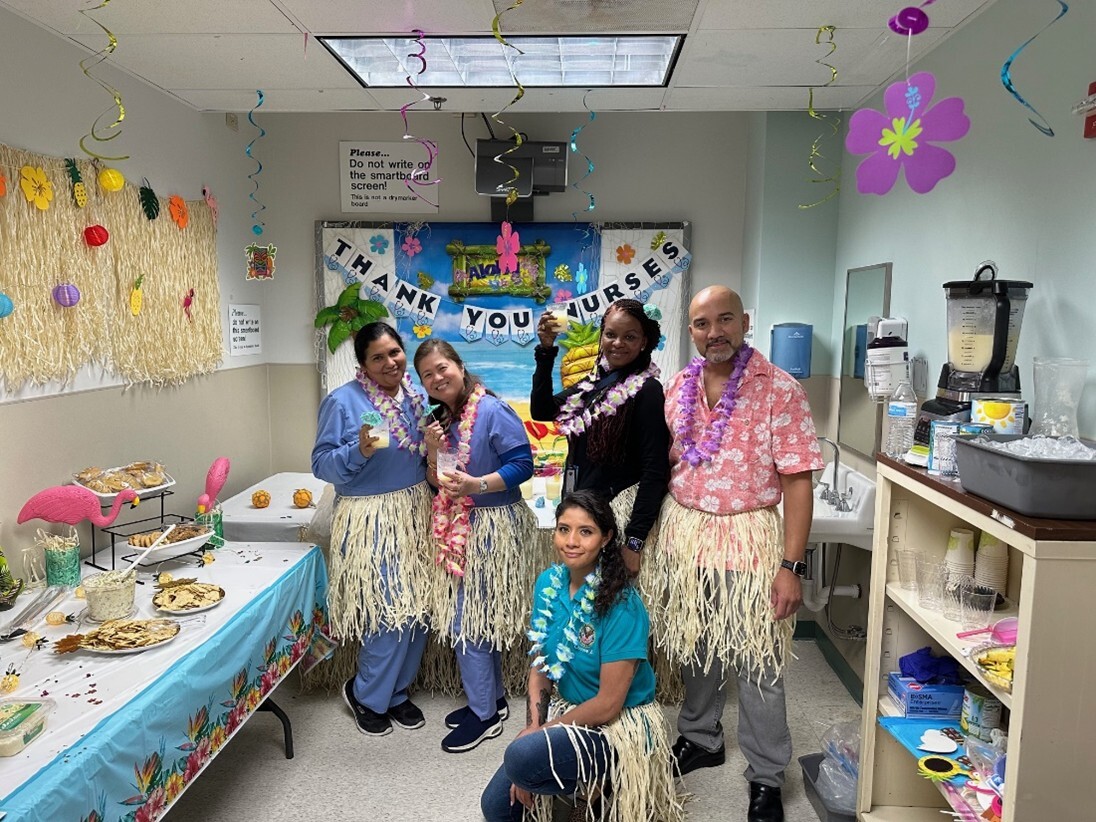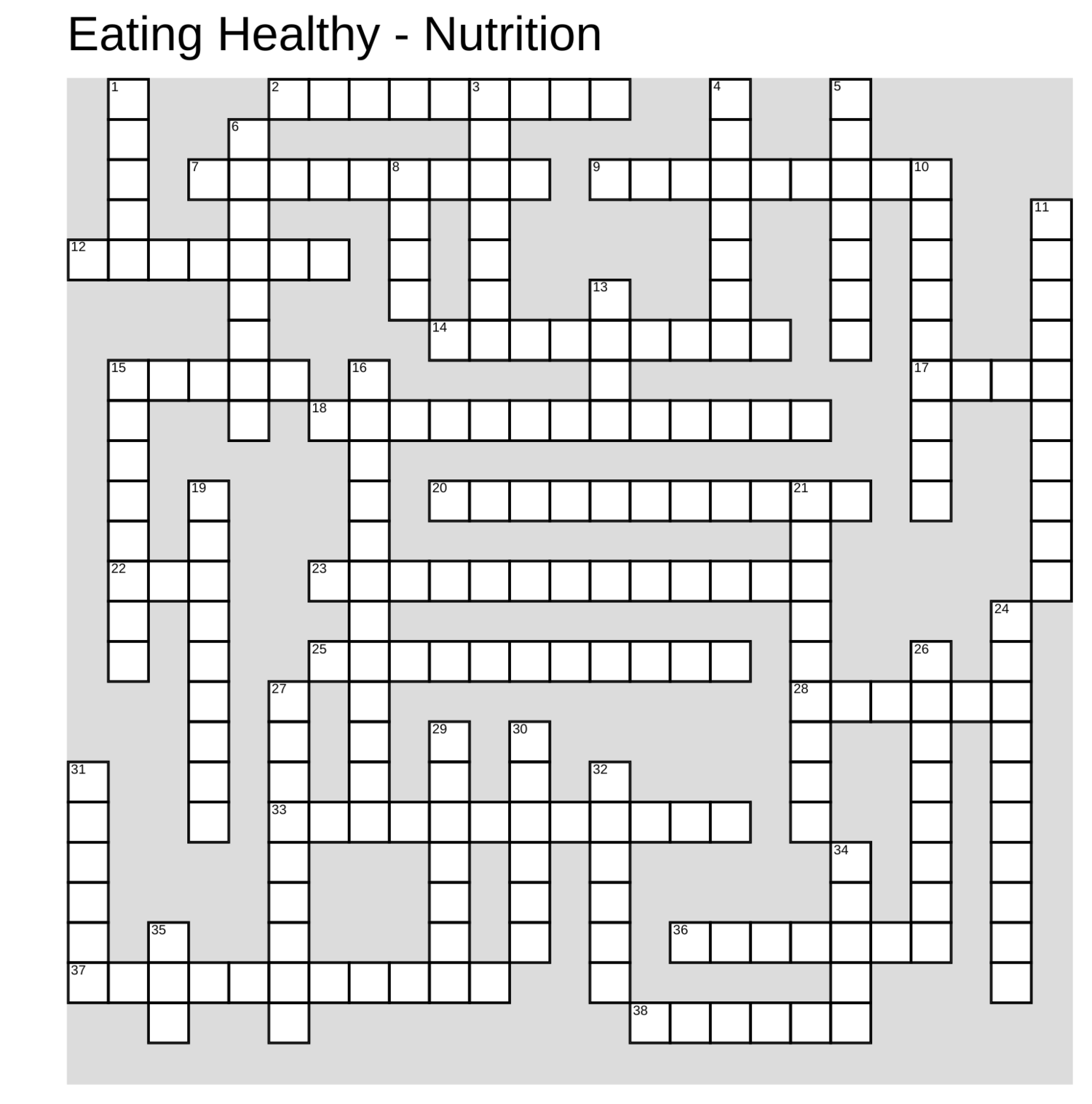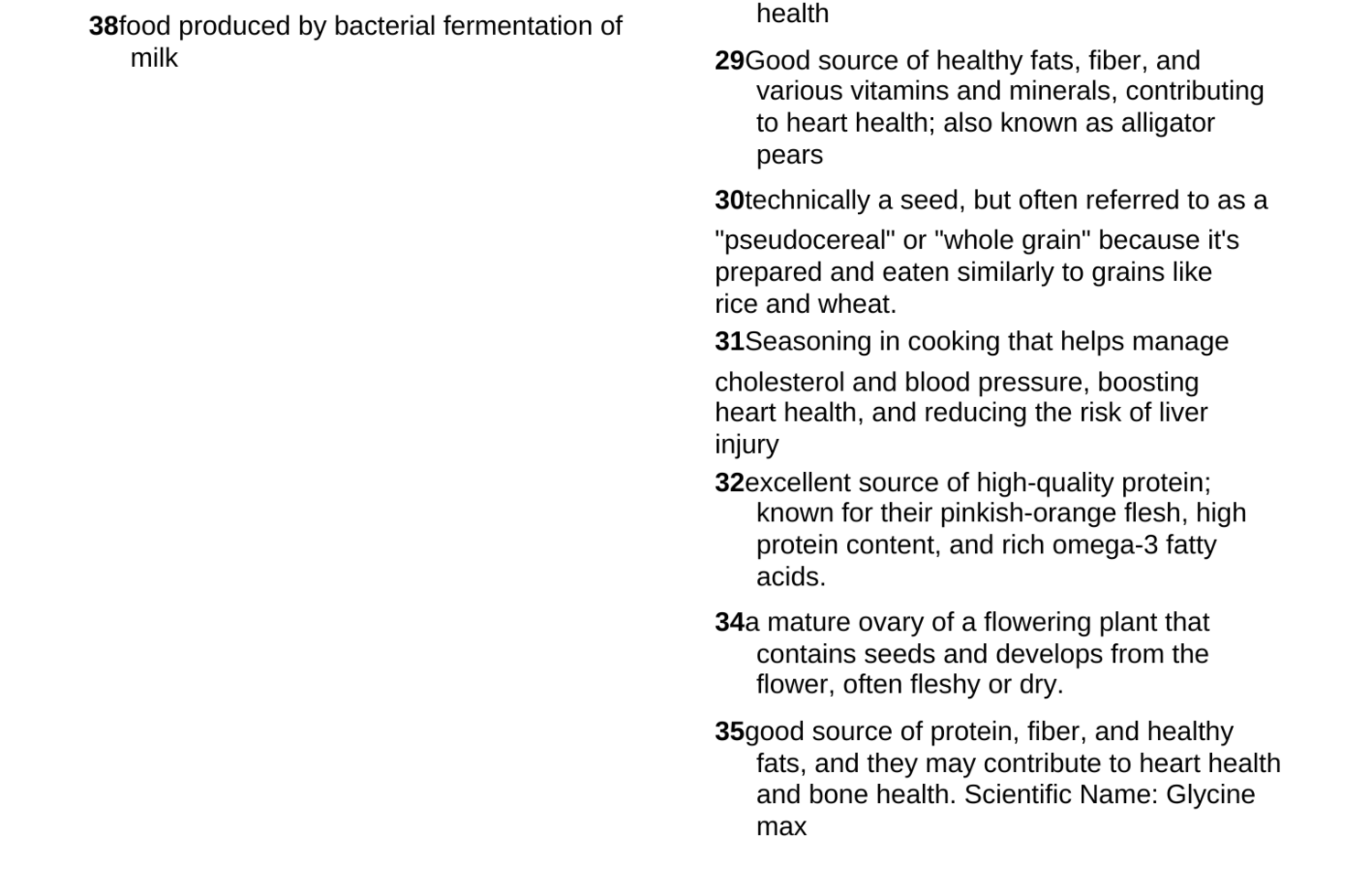This story is about the inspiration, passion, motivation, obstacles, perseverance and
research of writing the book, Evanston Hospital School of Nursing 1898-1984. Barbara
McQuillan and Carolyn Smeltzer, were self appointed co-chairs of their 50th class reunion from
Evanston Hospital School of Nursing (EHSN) in 2022.
They were hoping to have nursing school images and memorabilia that would highlight the
reunion and bring back special memories. They believed images would help make time
referencing the past “come alive.” When they asked for memorabilia of the school, a hospital
executive stated “all school memorabilia were destroyed in a basement flood.” Both were
disappointed that Evanston Hospital, lately known as North Shore University Health System,
now known as Endeavor Health, did not have any memorabilia of their school.
Having lived on the hospital premises for three years, walked the hospital halls more times
than they could count and now were being told there is no existing evidence of their past. In
fact, any visitor to the hospital today would never imagine it ever had a school of nursing. It
appeared the history of their school had been erased, just like the dormitory had been razed
and turned into a parking garage.
The school was their alma mater of which they were proud and now it was like the school
never existed, yet in their hearts and mind, they knew it had. The school had helped shape
their values, crafted their futures and provided education as well as skills that enabled them and
all students to provide compassionate care for others and become leaders in their profession.
Both were sad. Their sadness quickly turned into a mission of preserving memories of EHSN
and of all diploma nursing schools.
The passion of preserving the past led both to explore the school’s history and their time as
students. The motivation made them want to explore EHSN school from the beginning of its
existence, 1898, until it’s closing in 1984. They were committed to learning and comparing how
EHSN school educated students and created “learning patient experiences” with other diploma
schools of nursing. They also focused their efforts on national research as well as self
testimony.
The discovery was that all diploma schools of nursing had similar beginnings, teaching
methods and philosophies of “how to prepare students” to become nurses. Some nursing
diploma schools differentiated themselves by culture, location, faculty excellence, an
association with a university, state board passage rates, heritage, and/or religion beliefs. All
diploma programs were committed to educational curriculums and practical hands-on
experiences that trained the student nurses to care for the sick from day one after graduation.
The conclusion was diploma schools of nursing were more similar than different.
They proceeded to ask the EHSN graduates of 1972 three questions; How did you select
EHSN as your nursing school?, What are some of your favorite memories of dormitory living or
learnings in the school/hospital?, and lastly, What about the last fifties years?
The responses were overwhelming, surprising, intense, interesting, diverse, informative,
funny and emotional. Even more impressive were the artifacts the graduates retained for over
53 years. Examples included: tickets to graduation, porcelain candle laterans, capping letter
invitations, notes from instructors, grade report cards, tuition invoices, hospital ID cards, notes
from their “big sister”, school logo stamped pillows, sheets and scrubs as well as nursing
student uniforms with caps. One student kept her freshman note that stated, “You have rat duty
this week. You are responsible for cleaning the rat cages as well as feeding the rats.” These
artifacts were now historic and illustrative of what the school meant to the past students.
Barbara and Carolyn soon realized they had too much enriched material for a regular
anniversary booklet. They believed the story of EHSN was the story of all diploma schools of
nursing and EHSN history was the history of all diploma nursing schools. In the 70’s much energy was put into the debate of “where and how nursing” student should be educated. After
the decision was made that student nurses would be educated in a university setting, diploma
schools of nursing and their history seemed to quietly disappear. Diploma school history
appeared to have been lost in time, without a “look back” on their contribution to nursing
education practices of today and to their importance of providing care to the majority of
Americans up to the1980’s.
The authors believed the only way to guarantee Diploma Schools of Nursing be
remembered, have a place in nursing history and be recognized for paving the way for the
current nursing education today was to write a book. The diploma nursing story “just had to be
told and preserved through the eyes of Evanston Hospital School of Nursing”. Nursing diploma
graduates were aging and fading and Arcadia Publishing understood the urgency of publishing
this history. The publication date was set for September of 2022 giving the authors four
months to complete the book.
The authors accomplished the due date even with some major hurdles that had to be
overcome. First they were told that the “very few” vintage EHSN pictures, archived in the
hospital’s library, needed legal permission before being released. Since it was still during covid
this would take time as many employees were working from home.
Next, early in the writing process the authors only had 20 historic pictures and needed at
least 150 to produce the book. Just as they were dismayed by not having enough images, the
family of Marjorie Beyers, our EHSN director, sent a box of EHSN photos and memorabilia. This
box of treasures, were considered, her way of giving them the impetus, fortitude, materials and
“hope” to complete the book. The many hurdles for writing the book were overcome with
determination. The book was published in time to be a surprise gift to their classmates during
their 50th reunion from EHSN. The unveiling of this book was captured by the local newspaper
as the responses by classmates were overwhelming.
The EHSN classmates of 1972 were joyful and tearful as they breezed through the book
pages. They were “brought back in time” remembering the values, the methods of learning and
importance on how EHSN impacted their life. They expressed the book validated them as
nurses and validated their type of education. They recognized the importance of their school’s
history and realized their school will never be forgotten or extinct. There was silence as they
leafed through the pages and said “this book is gift to all diploma graduates through-out the
country.” The book indeed is an illustration of all nursing diploma education schools through the
eyes of Evanston Hospital School of Nursing graduates of 1972.
The book, Evanston Hospital School of Nursing 1898-1984 brings alive rich history with
nearly 200 images, captions and introductory chapters that illustrate EHSN unique method of
educating nurses. Evanston Hospital School of Nursing 1898-1984 completes Evanston
Hospital’s nursing educational history story that was originated by Claire Smith’s 1948 research
dissertation, Evanston Hospital School of Nursing.
This book, Evanston Hospital School of Nursing 1898-1984 is unique with interesting historic
images, personal testimony, researched history and bibliography. Others have recognized the
relevance of this book in describing and explaining nursing history. This book has been
accepted into the Barbara Bates Center for the Study of the History of Nursing archives as a
verification of the importance remembrance of nursing diploma education as part of our history.
The American Association for the History of Nursing has published an article regarding the
writings and the “whys” of the book. Amazon has published reviews of the book that affirm the
book is illustrative for all who went to a diploma school of nursing.
One reviewer stated, “I covered up the name of the school, Evanston Hospital School of
Nursing and found I could substitute my own school of nursing’s name and realized this book
was a description of my school of nursing in Pennsylvania.” Another diploma nursing graduate
stated the only difference between Evanston Hospital School of Nursing and my school of
nursing was that “Robert Redford did not visit our dormitory”. A Chicago local television station
aired a full segment on the book as it represented rich healthcare history.
There were many lessons learned from taking the time to write the book. The first
lesson learned and perhaps the most valuable lesson was to remember, acknowledge and
recognize those that created the future for nursing education by designing diploma schools of
nursing. These pioneers shaped the current education practices and polices in the mid 1800’s.
They understood the importance of having trained, educated nurses to provide care to patients.
The second lesson revolved around values and connectives. If, in the past, someone would
have asked me about my nursing education, I would skip past the diploma education and
describe my post graduate degrees. Failing to recognize the importance and essence of the
values EHSN instructors instilled in all of us. With shared value we are forever connected to
those that received the same values in their nursing education. It is almost like a “sisterhood, or
brotherhood” and that bond is never forgotten. Even after fifty years of not seeing classmates,
the ease of conversation, and memories that created the book, remained strong. When you are
educated in a common classroom, provide patient care in the same clinical setting and live in
the same dormitory, their is a common understanding of your past.
The third lesson is we are always creating history and responsible for preserving the past.
As diploma graduates we are part of a system of education that is no longer. As we age, if we
do not tell our educational stories, the stories will never be told. The stories and history of
diploma educational practices, policies and values will be lost in time.
A final lesson or reflection is that memorabilia, although devalued many times, do create
memories. A letter, saved for fifty years, telling a student she had rat lab duty which included
feeding the rats and cleaning their cages, evoke the sentiment of laugher and the feeling that
“ this practice would never happen today”. And, perhaps, without the hard copy of the letter, no
one would ever believe that this was a freshman student nurse’s duty. Memorabilia do create
emotions of laughter, joy and sometimes sorrow. Memories many times need to be jarred by
visible item, even if it has been hidden in a “safe place” for the last fifty years.
Both authors of the book felt honored to write and publish their nursing education history
and pleased that they were compelled not let their school’s history or any diploma school history be forgotten. Carolyn and Barbara were humbled to dedicate this book to an influential and
thoughtful nursing leader, Marjorie Beyers. The authors believe the book validates all diploma
nursing graduates and their education. The book brings back nurses’ memories that were
forgotten, evokes emotions of past experiences while preserving the history of the educational
systems that prepared the majority of nurses in the United States until the later 1970’s.
A request of you, the reader of this article is ask a nursing graduate, student nurse or faculty
member if they can describe nursing diploma education. Chances are you will get the same
answers or questions as the authors of the book; “my great aunt was a diploma nurse graduate,
but I do not know what it means, or “ I have never heard of nursing diploma education, what is
it ? One nurse historian stated, “Diploma education was the education process that exploited
students for work in the hospital.” The main purpose of the Evanston Hospital School of Nursing
1898-1984 book is to not let nursing diploma schools’ history and importance be forgotten.
Leaders and graduates of diploma nursing schools were influential in paving the way for the
nursing education, practices and policies of today. As nursing diploma graduates are fading
away and eventually will no longer be able to tell their educational history should not be fading
away.
The front and back cover for Evanston Hospital School of Nursing 1898-1989


